To get the best results from your Fujifilm camera, you need a top-notch Fujifilm lens to go with it. Fujifilm has carved out a niche that focuses on creativity, tactile control and stunning image quality. This guide will go through some of the best XF and GFX lenses for Fujifilm cameras.
We've tested a range of lenses and detailed exactly what makes each lens special. You don't have to stick with one lens; professional photographers and serious enthusiasts often have several lenses on hand and switch between them as the situation dictates. Our guide will cover a variety of lenses that offer telephoto capability, superfast apertures and wide angles while considering their value and technical prowess.
If you have been wanting to level up your Fujifilm for a while, then now might be the right moment to buy with Amazon Prime Day around the corner. It is running from July 8 to 11 and is the first four-day event, so be sure to check the prices on these models!
We've given the weight of each lens, and the heavier lenses may need one of the best tripods. If you are looking for a new camera body, check out our guide to the best Fujifilm cameras. If you're after a new camera body as well, see our guides to the best Fujifilm cameras and the best cameras.
The quick list
Below, you'll find our picks for the best Fujifilm lenses. Click "Read more below" for a more in-depth look at each lens.
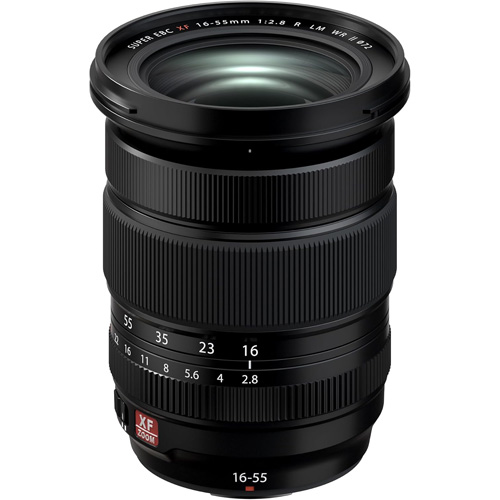 Best XF wide zoom
Best XF wide zoom
Fujifilm XF 16-55mm f/2.8 R LM WR II
Best XF wide zoom
The XF 16-55mm f/2.8 is a robust and sharp standard zoom lens that's perfect for a wide range of photographic subjects.
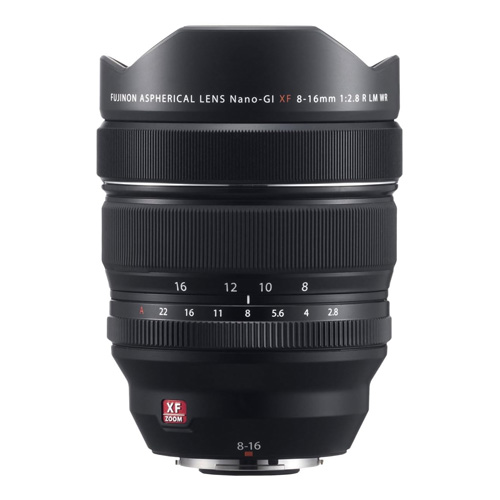 Best XF ultra-wide zoom
Best XF ultra-wide zoom
Fujifilm Fujinon XF 8-16mm f/2.8 R LM WR
Best XF ultra-wide zoom
The Fujifilm Fujinon XF 8-16mm f/2.8 R LM WR is an essential lens for capturing expansive landscapes and wide-field starscapes.
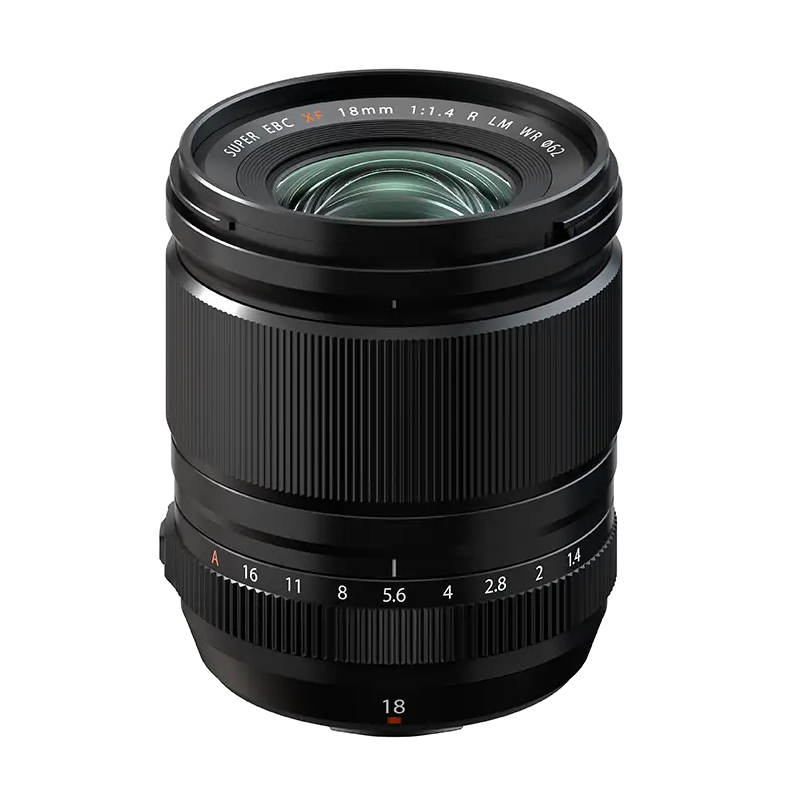 Best XF wide prime
Best XF wide prime
Fujifilm XF 18mm f/1.4 R LM WR
Best XF wide prime
The XF 18mm f/1.4 offers stunning sharpness and a fast aperture that are perfect for low-light images and astrophotography.
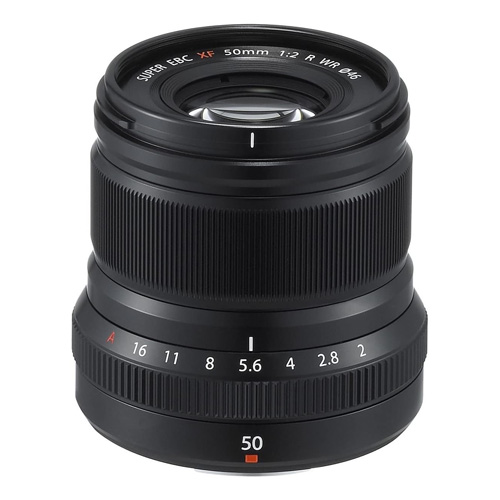 Best 50mm lens
Best 50mm lens
Fujifilm XF 50mm f/2 R WR
Best 50mm lens
This nifty-fifty lens is versatile, compact, weather-resistant and perfect for everyday shooting.
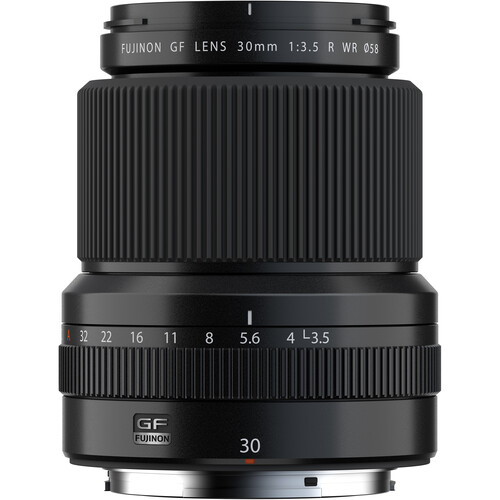 Best medium-format wide prime
Best medium-format wide prime
Fujifilm Fujinon GF 30mm f/3.5 R WR
Best medium-format wide primeThe GF 30mm f/3.5 is a wide-open lens with a relatively large aperture for the GFX system, making it perfect for a broad perspective with lots of detail.
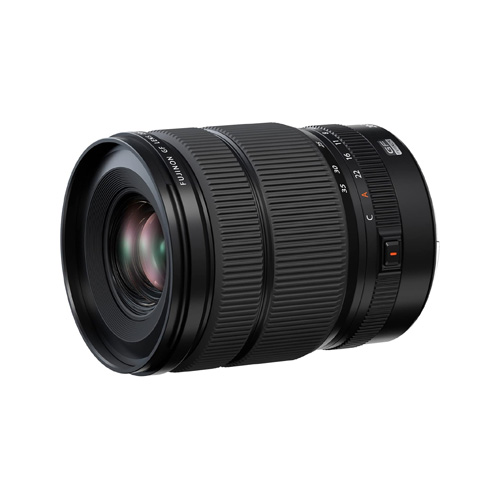 Best medium-format wide zoom
Best medium-format wide zoom
Fujifilm Fujinon GF 20-35mm F4 R WR
Best medium-format wide zoom
This lens adds a flexible ultra-wide to wide-angle zoom range to the GFX system for capturing details in the farthest edges of the frame.
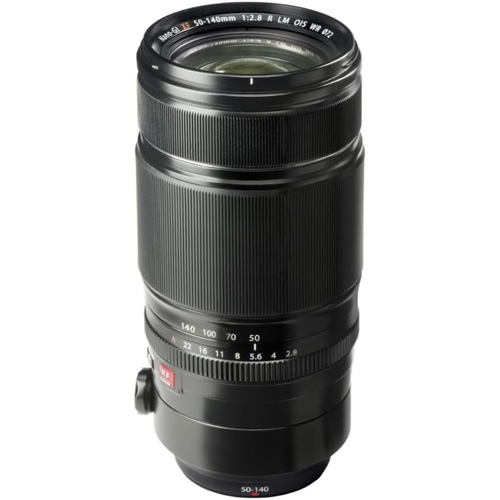 Best telephoto zoom lens
Best telephoto zoom lens
Fujifilm Fujinon XF 50-140mm F2.8 R LM OIS WR
Best telephoto zoom lens
The Fujifilm Fujinon XF 50-140mm f/2.8 lens is a versatile zoom lens with a constant aperture of f/2.8, which makes it great for letting in lots of light during astrophotography.
Best Fujifilm lenses we recommend in 2025
Why you can trust Space.com Our expert reviewers spend hours testing and comparing products and services so you can choose the best for you. Find out more about how we test and review products.
Best XF wide zoom
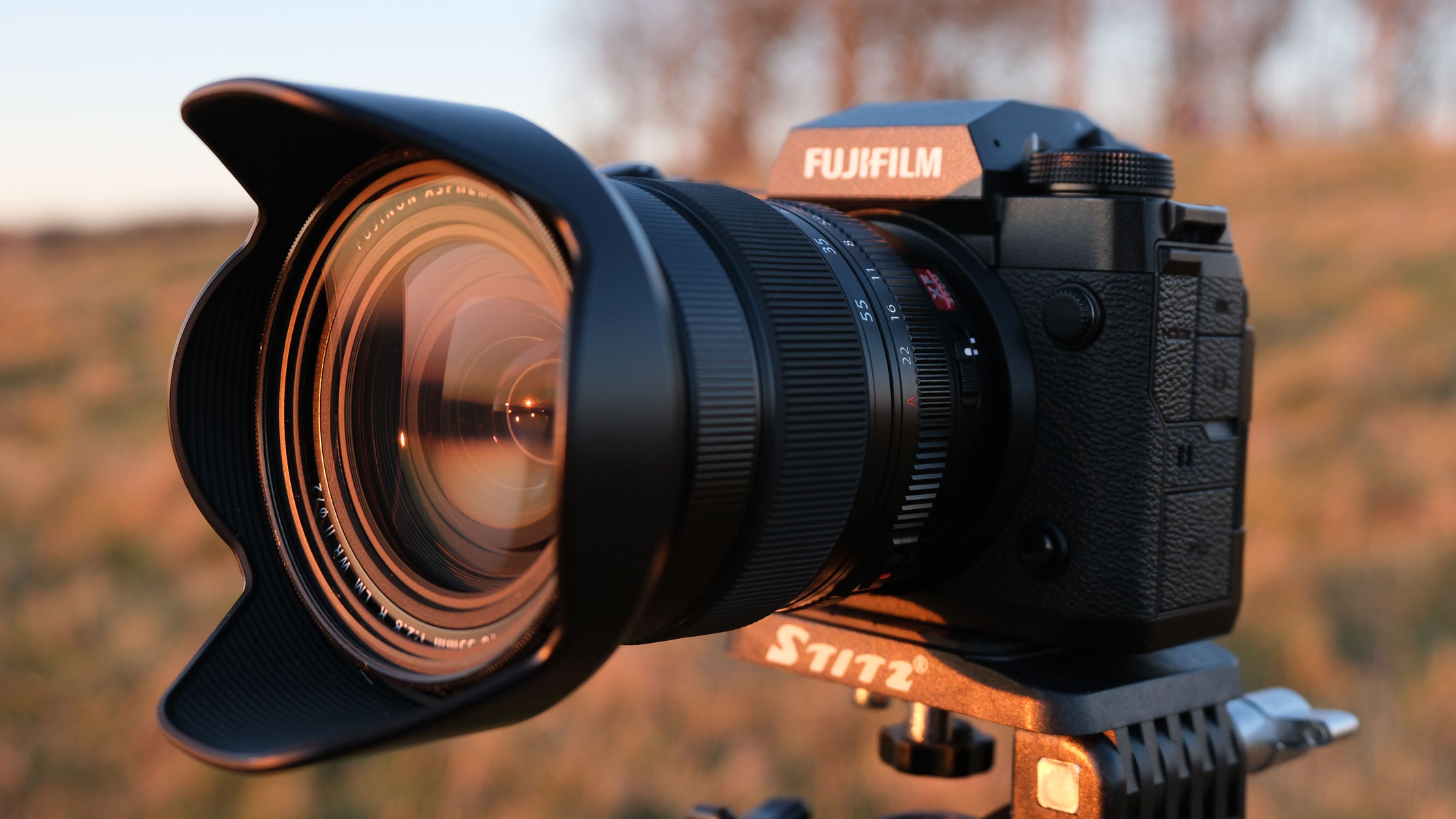
Fujifilm XF 16-55mm f/2.8 R LM WR II
Best XF wide zoom
Specifications
Type: APS-C
Mount type: Fujfilm X-mount
Focal range: 16-55mm
Aperture range: f/2.8 - f/22
Autofocus: Yes
Thread size: 72mm
Weight: 14.5 ounces (410 g)
Buy it if:
✅ You need a versatile zoom. The focal-length range on this zoom makes it suitable for everyday scenarios and a wide range of photographic subjects.
✅ You shoot astrophotography. This is a great astrophotography lens thanks to its f/2.8 aperture and variable focal length for different night-sky targets.
Don't buy it if:
❌ You regularly shoot with an ultra-wide or telephoto focal length. If you work primarily in one focal length range, then the 16-55mm focal length range might not fit your specific needs.
❌ Your camera lacks in-body image stabilization (IBIS). This lens lacks optical image stabilization, so it wouldn't be suitable for shooting in low-light conditions with a camera that lacks IBIS.
The bottom line
🔎 Fujifilm XF 16-55mm f/2.8 LM WR II: A remarkable lens with stellar optical performance for all kinds of photography, thanks to the fast f/2.8 aperture and variable focal length
The Fujifilm XF 16-55mm f/2.8 LM WR II is the second version of Fujifilm's flagship standard zoom on the X-mount system. It's designed to be the ultimate all-rounder, capable of handling everything from astrophotography to wide-angle landscapes and portraits. Compared with its predecessor, this iteration of the lens is 37% lighter and more compact, making it perfect for everyday shooting.
During our astrophotography testing, the Fujifilm XF 16-55mm f/2.8 LM WR II performed well and captured a wide range of celestial phenomena, including the Orion Nebula, Mars and the Big Dipper. The fast f/2.8 aperture let in lots of light, and the variable focal length allowed us to shoot different targets. For example, we used the full 55 mm focal length to photograph the Orion Nebula and the wide focal lengths for larger targets, like the Big Dipper. Yes, star trails become slightly more pronounced with more zoom, but pairing this lens with one of the best star trackers would create crystal-clear nightscapes.
The lens is weather sealed in 12 points, making it a good choice for challenging conditions involving dust and moisture. There is also a "click" switch for the aperture ring that can silence or enable the tactile clicking sound that accompanies the switching of apertures. Although this lens lacks optical image stabilization (OIS), many newer Fujifilm cameras feature in-body image stabilization (IBIS), so this is only an issue if your camera body lacks it.
The Fujifilm XF 16-55mm f/2.8 LM WR II is a high-performance lens for Fujifilm X-series users. It has a constant f/2.8 aperture, meaning it will keep that aperture value for the entire range of focal lengths, and it is more portable than its predecessor. This is surely an essential lens for any serious photographer.
Swipe to scroll horizontally
Design | Compact and lightweight lens |
Performance | Constant aperture for great all-round photography |
Functionality | Versatile focal length and weather sealed in 12 points |
Best XF ultra-wide zoom
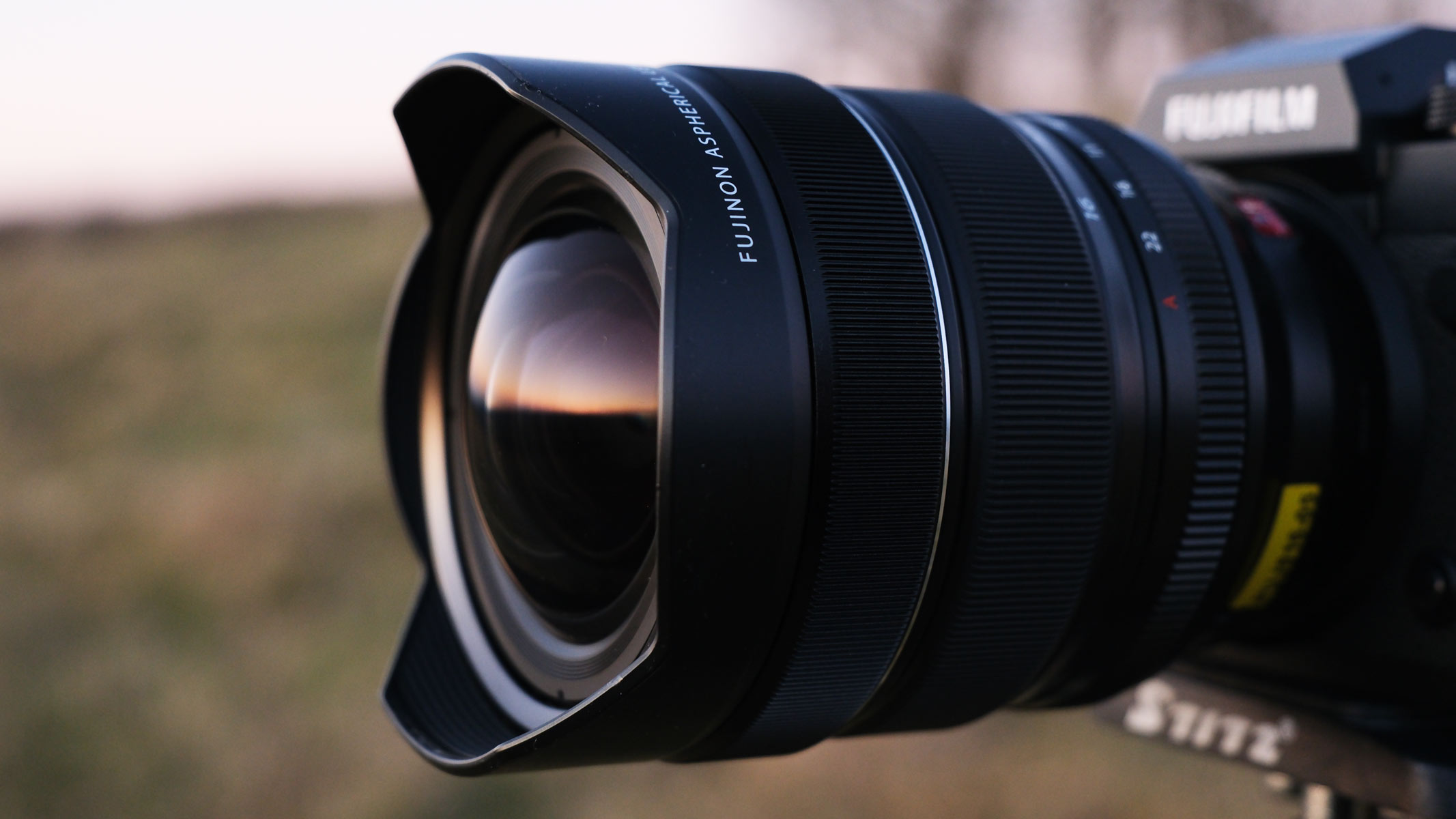
Fujifilm Fujinon XF 8-16mm f/2.8 R LM WR
Best ultra-wide-angle zoom lens
Specifications
Type: APS-C
Mount type: Fujifilm X-mount
Focal range: 8-16mm
Aperture range: f/2.8 - f/22
Autofocus: Yes
Thread size: N/A
Weight: 1.8 pounds (805 g)
Reasons to buy
+ Super-wide angle coverage Constant f/2.8 aperture Excellent optical sharpness
Reasons to avoid
- Heavy for X-mount Expensive No front filter thread
Buy it if:
✅ You need an ultra-wide perspective. The huge 8mm wide-angle focal length makes this lens perfect for capturing expansive scenes such as vast star fields and sweeping landscapes.
✅ You regularly shoot in low light. The constant f/2.8 aperture is excellent for distinguishing subjects in dim conditions and astrophotography.
Don't buy it if:
❌ You prioritize portability. At 1.8 pounds, this is a heavy and bulky lens, which means it's not the best option for traveling to shoots.
❌ You use screw-on filters. The bulbous front element of this lens makes it incompatible with traditional screw-on filters and requires a specialized filter system.
The bottom line
🔎 Fujifilm Fujinon XF 8-16mm f/2.8 R LM WR: A powerful, ultra-wide zoom lens that offers exceptional image quality for photographers who need to capture very wide fields of view
This lens is designed for X-mount photographers who need ultra-wide capabilities while maintaining a fast f/2.8 aperture. It is ideal for capturing sprawling landscapes, wide star fields and large architecture. It has a robust construction and contains aspherical lens elements that work to minimize aberration and ensure edge-to-edge sharpness.
During our astrophotography testing, we used this lens with both the Fujifilm X-H2 and the Fujifilm X-T50 to photograph wide star fields and identify the Pleiades, Orion and Taurus. The extra-low dispersion (ED) and super ED elements were good at minimizing chromatic aberration. Although some was still visible in extremely zoomed-in shots, we managed to sustain detail across the whole frame.
The constant f/2.8 aperture across the zoom range offers consistent exposure and depth-of-field control — a significant advantage for those who shoot in variable light. The lens has high optical prowess. However, it may not be suitable for photographers who rely on standard screw-on filters because the convex front element prevents their use.
Despite being large and heavy, the Fujinon XF 8-16mm f/2.8 R LM WR is a cornerstone lens for those who regularly shoot at wide angles. At just under $1,500, this is not a cheap lens, but it offers amazing optical quality and range for APS-C photographers.
Swipe to scroll horizontally
Design | Hefty build with an aspherical lens design |
Performance | Incredible wide-angle detail |
Functionality | Constant f/2.8 aperture and variable wide focal length |
Best XF wide prime
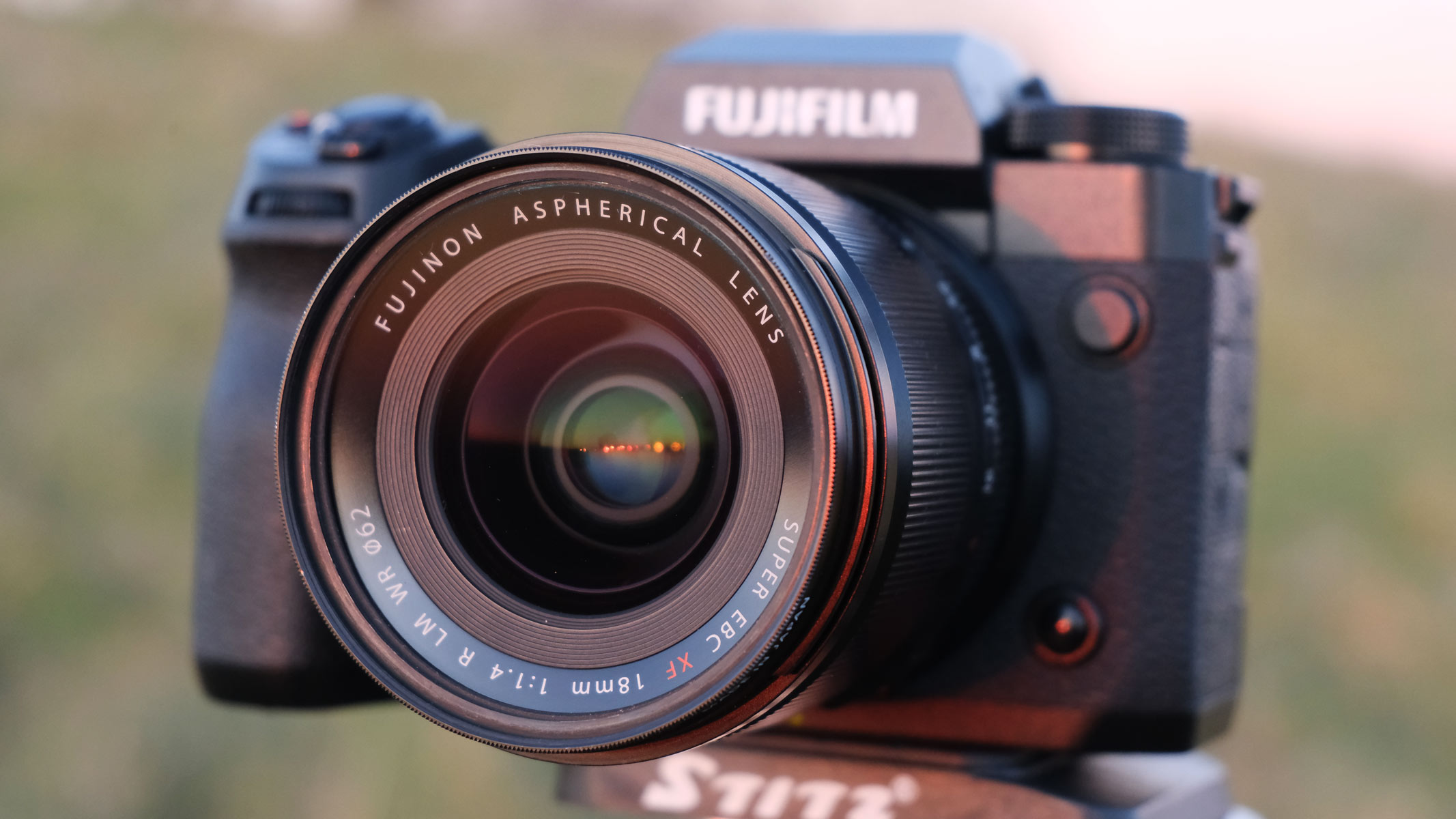
Fujifilm XF 18mm f/1.4 R LM WR
Best wide-angle prime lens
Specifications
Type: APS-C prime
Mount type: Fujfilm X-mount
Focal range: 18mm
Aperture range: f/1.4 - f/16
Autofocus: Yes
Thread size: 62mm
Weight: 13.1 ounces (370 g)
Reasons to buy
+ Huge f/1.4 aperture Razor-sharp detail Compact design
Reasons to avoid
- Larger than other fast primes Chromatic aberration on raw image files
Buy it if:
✅ You shoot a lot of astrophotography or low-light subjects. The superfast f/1.4 aperture on this lens can capture faint stars in the night sky and is ideal for capturing detail in dim conditions.
✅ You need a shallow depth of field. The f/1.4 aperture makes it easy to achieve subject isolation and bokeh effects in your photography.
Don't buy it if:
❌ You prefer super-compact lenses. Although it's not huge, the XF 18mm f/1.4 is larger than Fujifilm's compact f/2 primes.
❌ You're on a tight budget. This lens is more expensive than rival lenses from Sigma and Viltrox.
The bottom line
🔎 Fujifilm XF 18mm f/1.4 R LM WR: A fast prime lens with superb optics and incredible astro performance in a weather-resistant package
The Fujifilm XF 18mm f/1.4 R LM WR impressively combines a fast f/1.4 aperture and strong optical quality, delivering bright images of star fields and capturing faint objects in the night sky. This is equivalent to 27mm on a full-frame system and is a versatile prime lens for a range of photography types.
When we tested the Fujifilm XF 18mm f/1.4 R LM WR for astrophotography, we captured bright star fields featuring the Orion Nebula, Mars, and the Pleiades and Beehive star clusters. We used this lens with a Fujifilm X-T50 and found that there was some chromatic aberration present in the raw image files. However, this was easily fixed by lens correction applied during JPEG formatting in-camera or correction in Adobe Photoshop.
In line with Fujifilm's focus on manual controls, there is an aperture ring that allows for intuitive exposure adjustments and a lock button that prevents the ring from slipping into auto-aperture. It doesn't feature optical image stabilization, but in-body image stabilization in newer Fujifilm cameras compensates for this omission.
The Fujifilm XF 18mm f/1.4 R LM WR is priced just under $1,000, which is more expensive than rival models, such as the Sigma 16mm f/1.4 DC DN and the Viltrox AF 13mm f/1.4. Even with this in mind, there is no denying that this lens is an investment that pays you back in amazing image quality and performance. This lens can upgrade your Fujifilm camera's astrophotography ability. We even tried it on a small Fujifilm X-M5, and it captured the Orion Nebula!
Swipe to scroll horizontally
Design | Solid build; aperture ring with an auto-lock button |
Performance | Great astro and low-light ability |
Functionality | Weather-sealed and fast aperture |
Best 50mm lens

Fujifilm Fujinon XF 50mm f/2 R WR
Best 50mm lens
Specifications
Type: APS-C
Mount type: Fujfilm X-mount
Focal range: 50mm fixed
Aperture range: f/2 - f/16
Autofocus: Yes
Thread size: 46mm
Weight: 7.1 ounces (200 g)
Reasons to buy
+ Incredibly compact Sharp and fast at f/2 Great value
Reasons to avoid
- Mediocre bokeh No optical image stabilization Slower stepping motor autofocus
Buy it if:
✅ You need a lightweight portrait lens. The XF 50mm f/2 R WR is compact enough to make it perfect for on-the-go shooting for a wide range of subjects.
✅ You want a great value. This lens offers a fast f/2 aperture and excellent image quality without breaking the bank.
Don't buy it if:
❌ You primarily shoot in low light. The f/2 aperture is fast, but there are faster options, like f/1.4 or f/1.2.
❌ You prioritize bokeh perfection. This lens has good bokeh, but it isn't as "creamy" as what faster lenses produce.
The bottom line
🔎 Fujifilm Fujinon XF 50mm f/2 R WR: A highly portable prime lens that delivers sharp images and excellent value
The Fujifilm Fujinon XF 50mm f/2 R WR falls into the portrait and general-purpose telephoto category. It belongs to a series nicknamed "Fujicron" cameras, which are known for their compact size, weather resistance and fast f/2 apertures. It also features an aspherical low-dispersion (ED) element to minimize aberration and deliver sharp details.
We haven't tested this model yet, but we would expect it to be an excellent-value lens that delivers a fast aperture and reasonable astrophotography performance. The stepping motor autofocus is not as blazingly fast as linear motors, but it is still quick and quiet, according to user reviews. Its robust, all-metal construction and weather-resistant sealing make it durable and usable in challenging conditions.
Further user feedback praises the tactile focus ring and clicky aperture ring. Others thought the small size made this lens perfectly balanced on most Fujifilm X-mount bodies. Some users may want a smoother bokeh effect with a wider aperture, but the f/2 aperture on this lens produces a pleasing bokeh effect that isolates subjects.
For photographers seeking a lightweight, sharp and affordable lens for portraits and other general telephoto work, the Fujifilm Fujinon XF 50mm f/2 R WR would be a great choice at just under $400.
Swipe to scroll horizontally
Design | Sleek and compact prime lens with a slower stepping motor |
Performance | Good for portrait and midlevel telephoto work |
Functionality | Bright portrait lens with good bokeh |
Best medium-format wide prime
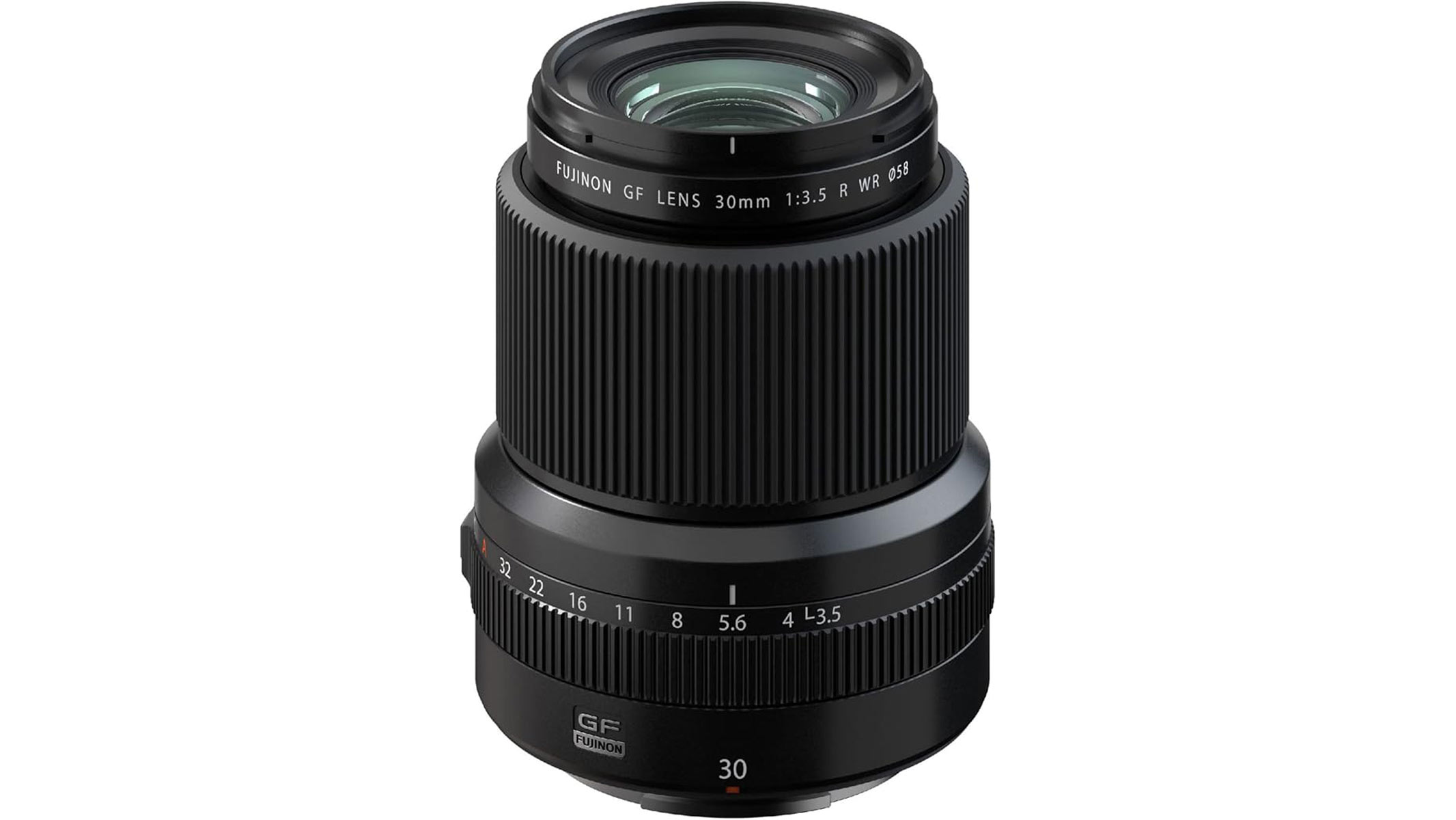
Fujifilm Fujinon GF 30mm f/3.5 R WR
Best medium-format wide-angle prime lens
Specifications
Type: Medium format
Mount type: Fujfilm G-mount
Focal range: 30mm fixed
Aperture range: f/3.5 - f/32
Autofocus: Yes
Thread size: 58mm
Weight: 1.1 pounds (510 g)
Reasons to buy
+ Exceptional clarity Balanced focal length and aperture Compact for GFX
Reasons to avoid
- Higher medium-format cost Slower aperture
Buy it if:
✅ You need a good balance between focal length and aperture. This lens balances a 30mm focal length with an f/3.5 aperture, making it a great middle ground for shooting a wide range of subjects.
✅ You need wide-angle detail. If you primarily shoot wide angles for landscapes and architecture, this lens enables the GFX cameras to capture incredible detail.
Don't buy it if:
❌ You need a rapid aperture. If you need a rapid aperture, there are faster aperture lenses available from the G-mount lineup.
❌ You shoot super wide. Although this lens offers 24mm full-frame equivalent, this may not be wide enough for capturing larger star fields and the Milky Way, for which an 18mm lens may be more suitable.
The bottom line
🔎 Fujifilm Fujinon GF 30mm f/3.5 R WR: A highly capable lens for the GFX system that strikes a great balance between focal length and aperture to deliver stunning details
The Fujifilm Fujinon GF 30mm f/3.5 R WR is a key wide-angle prime lens for Fujifilm's class-leading medium-format system. Offering a 35mm-equivalent focal length of 24mm, it provides a broad perspective while maintaining the exceptional detail and rendering that GFX users expect. The lens contains 13 optical elements, including two aspherical and two low-dispersion (ED) elements to control chromatic aberration and retain sharpness across the sensor.
The general consensus is that this lens lives up to the reputation of the G-mount system for amazing image quality. We haven't tested this lens yet, but based on user reviews, it seems to produce excellent detail and sharpness with a responsive autofocus.
This lens is aimed at professional photographers who need a compact lens that strikes a middle ground between focal length and aperture size. Yes, there are G-mount lenses with wider focal lengths, but the aperture is slower. Yes, there are G-mount lenses with faster apertures, but the focal length is narrower. We think the GF 30mm f/3.5 R WR hits the sweet spot for both, and it comes weather sealed with nine sealing points to protect against dust and moisture.
The GFX lens range isn't as extensive as the X-series range, and you will need to find a lens that fits your needs the best. There is often compromise involved, but never on the optical quality. The Fujifilm GF 30mm f/3.5 R WR is a great balanced lens to optimize your Fujifilm GFX camera.
Swipe to scroll horizontally
Design | Compact and balanced build |
Performance | Ultra-sharp detail with minimal aberration |
Functionality | Versatile focal length and aperture for varied shooting |
Best medium-format wide zoom
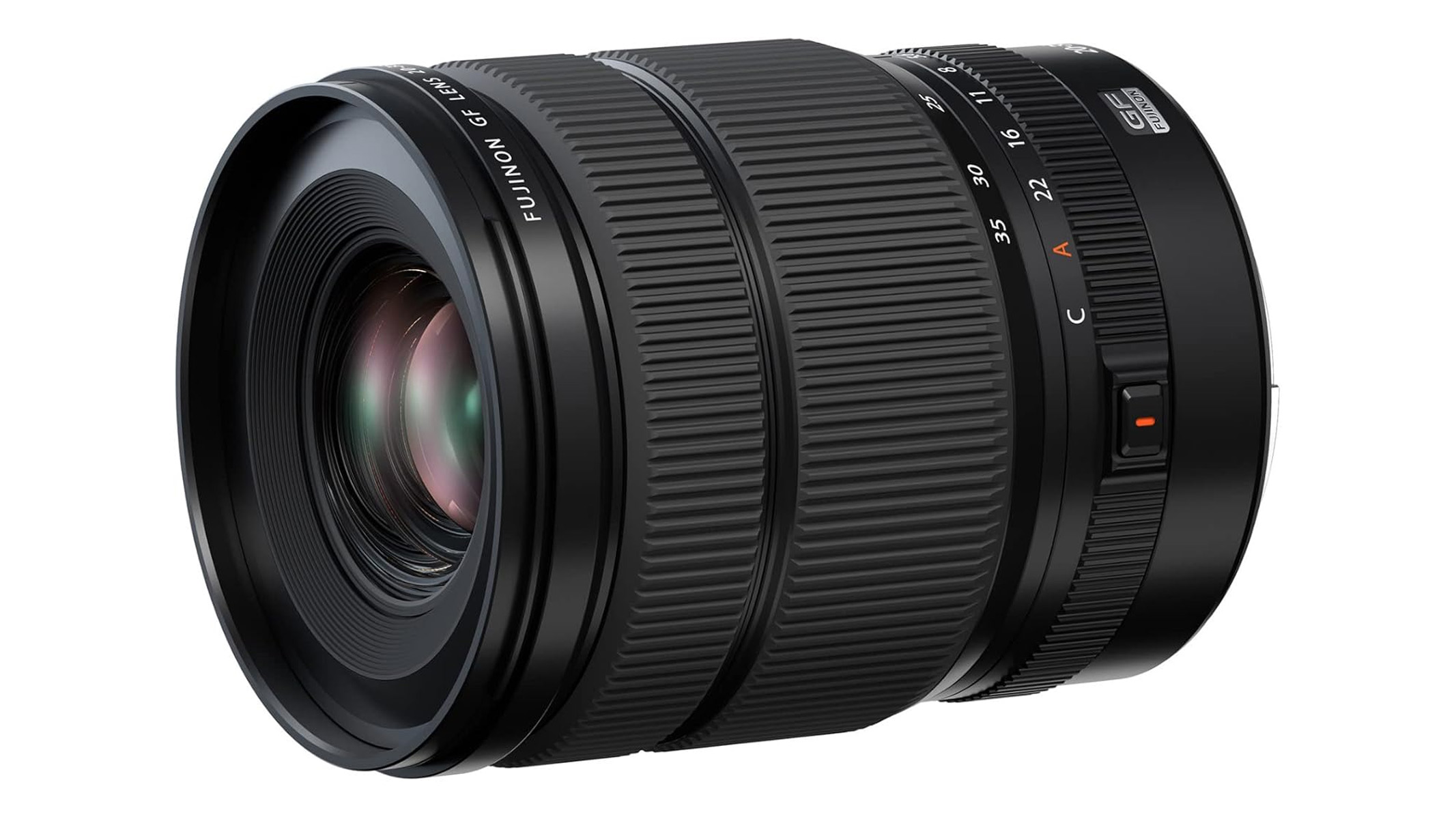
Fujifilm Fujinon GF 20-35mm f/4 R WR
Best medium-format wide-angle zoom lens
Specifications
Type: Medium format
Mount type: Fujifilm G-mount
Focal range: 20-35mm
Aperture range: f/4 - f/22
Autofocus: Yes
Thread size: 82mm
Weight: 1.6 pounds (725 g)
Reasons to buy
+ Versatile wide zoom range Consistent f/4 aperture Sharp image detail
Reasons to avoid
- Not the fastest aperture Quite big Huge price tag
Buy it if:
✅ You need a versatile wide-angle zoom. This lens covers a large range of focal lengths for your wide-angle needs.
✅ You need a tough lens for difficult conditions. This lens balances a range of focal lengths and an f/4 aperture with 12 weather-sealed points and reliable functionality down to 14 degrees Fahrenheit (minus 10 degrees Celsius).
Don't buy it if:
❌ You shoot primarily in low light. The f/4 aperture may not perform as well in low light as some faster wide-angle prime lenses.
❌ You need a compact setup. This is one of the larger and heavier lenses from the GFX system and would add considerable weight to a setup.
The bottom line
🔎 Fujifilm Fujinon GF 20-35mm f/4 R WR: A highly versatile wide-angle zoom lens for the GFX system that delivers strong and consistent f/4 performance and top-tier image quality
The Fujifilm Fujinon GF 20-35mm f/4 R WR is a significant addition to the Fujifilm lineup. Released in 2022, it still stands as the best general-purpose zoom lens for the GFX system. It has a 35mm-equivalent focal range of 16 to 28 mm, making it an ideal choice for photographers who need versatility.
As with other GFX lenses, the GF 20-35mm f/4 R WR is made with advanced optical design, including three aspherical, one asperical low-dispersion (ED) and three low-dispersion elements to keep images sharp and aberration-free.
We haven't tested this camera ourselves, but user reviews praise the image quality across the zoom range and at all apertures. The autofocus is quiet and precise, which allows you to capture intricate details in varied environments. Although this is one of the larger lenses from the GFX range, the zoom's versatility may outweigh the size for many photographers.
The f/4 aperture is not the fastest, and those who shoot primarily in low light or who need a superfast prime lens should look elsewhere in the range. However, f/4 seems reasonable when you consider the versatility of the zoom range and would be more than suitable for capturing faint stars at longer exposures.
The GFX series of cameras and lenses are not known for being cheap, and the Fujifilm Fujinon GF 20-35mm f/4 R WR is no exception. With a price just under $2,500, it is a considerable investment. But if you want to give your medium-format camera more versatility, this lens will not disappoint.
Swipe to scroll horizontally
Design | Large, versatile zoom lens |
Performance | Excellent sharpness across apertures and focal lengths |
Functionality | Versatile zoom across constant f/4 aperture |
Best telephoto zoom lens
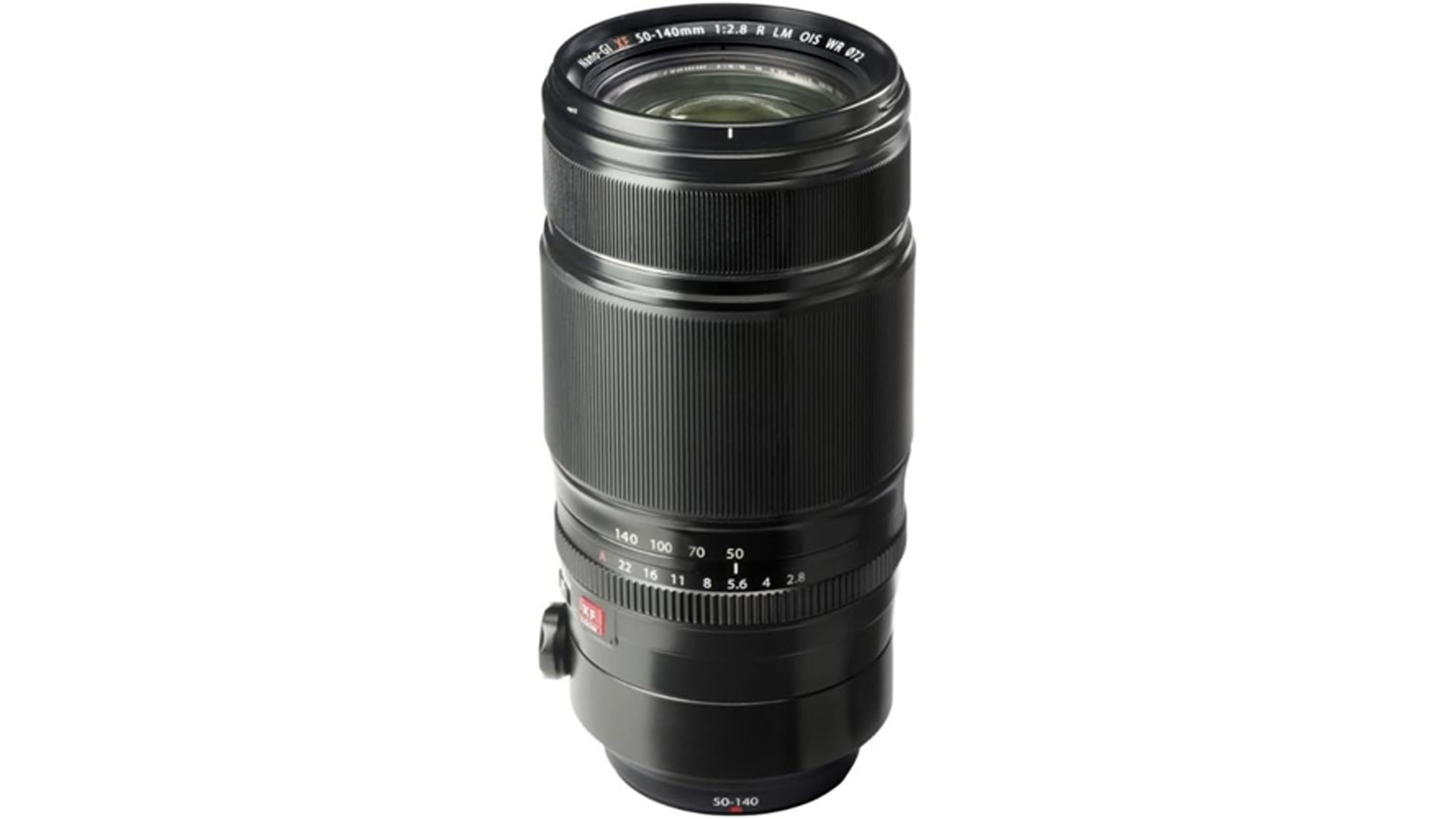
Fujifilm Fujinon XF 50-140mm f/2.8 R LM OIS WR
Best telephoto zoom lens
Specifications
Type: APS-C
Mount type: Fujifilm X-mount
Focal range: 50-140mm
Aperture range: f/2.8 - f/22
Autofocus: Yes
Thread size: 72mm
Weight: 2.2 pounds (995 g)
Reasons to buy
+ Constant f/2.8 aperture Excellent optical image stabilization Fast autofocus
Reasons to avoid
- Heavy for X-mount cameras Big and bulky build Expensive
Buy it if:
✅ You primarily shoot sports and wildlife. The constant f/2.8 aperture and optical image stabilization are perfect for action shots.
✅ You want a versatile zoom lens. The range of focal lengths makes this a great lens for different subjects, and the relatively fast f/2.8 aperture would make it a useful astro lens.
Don't buy it if:
❌ You need extreme telephoto focal lengths. If you need a lens that gives you focal lengths above 140 mm, there are other X-mount lenses available, although they compromise on aperture speed.
❌ You mainly shoot static subjects. The advanced features, like the rapid autofocus and optical image stabilization, would be overkill for casual use.
The bottom line
🔎 Fujifilm Fujinon XF 50-140mm f/2.8 R LM OIS WR: A professional-grade telephoto zoom lens that delivers outstanding image quality and speed for photographers who prioritize sharp results for fast action
The Fujifilm Fujinon XF 50-140mm f/2.8 R LM OIS WR is a telephoto zoom lens that covers a midrange of focal lengths for the APS-C X-series cameras. Its standout features include a fast, constant f/2.8 aperture across the entire zoom range, robust weather resistance and highly effective OIS. The lens design features five low-dispersion and one super-ED element to combat distortion and aberration.
We have not tested this lens yet, but user reviews praise the edge-to-edge sharpness at all apertures and focal lengths. Thanks to the fast f/2.8 aperture, this lens is also capable of producing smooth bokeh and capturing fast-moving subjects in dim conditions. We think it would be a good astrophotography lens for capturing objects up close, but only when used with one of the best star trackers. If you only shoot astrophotography, the rapid linear motor (LM) autofocus and OIS system would be overkill, but it's useful for photographers who also need sharp detail for handheld shooting.
Similarly to other Fujifilm environments, this lens is built for demanding conditions, including dust, light rain and low temperatures. The size and weight are substantial for an APS-C lens, but this is a necessary trade-off for a constant f/2.8 aperture and advanced optical design.
At $1,599, the XF 50-140mm f/2.8 R LM OIS WR is a big investment, but this lens offers great telephoto ability while maintaining a huge f/2.8 aperture. You might need a telephoto lens with a longer focal range, but you will have to accept a slower aperture.
Swipe to scroll horizontally
Design | Rugged build with variable zoom length |
Performance | Sharp image quality when shooting fast action |
Functionality | Constant f/2.8 with rapid LM autofocus and strong OIS |
FAQs answered by

Harry joined Space.com in December 2024 as an e-commerce staff writer covering cameras, optics, and skywatching content. A keen photographer, Harry has strong experience with astrophotography and has captured celestial objects with a range of cameras. As a lifelong skywatcher, Harry remembers watching the Perseid meteor shower every summer in his hometown and being amazed by the wonders of the night sky.
Best Fujifilm lenses FAQs
What is the best Fujifilm lens?
There isn't a single "best" Fujifilm lens, as it heavily depends on your photographic needs and your budget. For overall versatility and great image quality, the XF 16-55mm f/2.8 LM WR II would be a great choice because it can capture a range of subjects.
If you have a Fujifilm medium-format camera, lenses like the Fujifilm Fujinon GF 30mm f/3.5 R WR and the Fujifilm Fujinon GF 20-35mm F4 R WR fit the bill for superb image definition and performance.
What is the best Fujifilm lens for astrophotography?
Again, the best lens depends on your specific needs and goals for astrophotography. We found that the Fujifilm XF 18mm f/1.4 R LM WR was absolutely phenomenal for capturing stars and faint deep-space objects.
If you need a more zoomed-in shot, the Fujifilm Fujinon XF 16-55 mm f/2.8 R LM WR is another good pick that performed well in our astrophotography testing.
For those who want super-high resolution with a medium-format camera, any GFX lens will work wonders for crystal-clear star definition.
What is the cheapest Fujfilm lens?
The cheapest Fujifilm lens in our guide is the Fujifilm XF 50mm f/2 R WR, which costs just under $400. It's a great-value, compact lens with fast f/2 performance at a midrange focal length.
However, there are cheaper Fujifilm lenses available. As with any photo gear decision, you will need to assess your budget and needs to pick the right lens for you.
What is the difference between XF and GFX lenses?
The primary difference between XF and GFX lenses lies in their compatibility and sensor coverage. Fujifilm produces APS-C sensor (X series) and medium-format sensor (GFX series) cameras.
XF lenses are designed for Fujifilm's X-mount cameras, like the X-T50 and the X-H2. These cameras have APS-C sensors, which are smaller than full-frame sensors.
GFX lenses are designed for Fujifilm's GFX system. These cameras have medium-format sensors that are larger than full-frame sensors. GFX lenses work with these cameras and have a larger image circle to cover the sensor.
While many astrophotographers prefer a full-frame camera, we've found that the X-series cameras do a great job of capturing the night sky. Fujifilm's answer to a lack of full-frame cameras is the GFX-series cameras, which feature larger medium-format sensors.
What do LM, WR and OIS mean?
LM (linear motor): This is a type of motor used in some lenses as part of their autofocusing system and is known for providing extremely fast, quiet and precise autofocus.
WR (weather resistant): This means the lens has weather sealing at various points along its barrel. This helps protect internal components from dust and moisture.
OIS (optical image stabilization): This means the lens can use internal lens elements that shift to counteract camera shake. This is especially useful for handheld shooting at slower shutter speeds or longer focal lengths.
Update log
This is where we will record any updates to this guide.
How we tested the best Fujifilm lenses
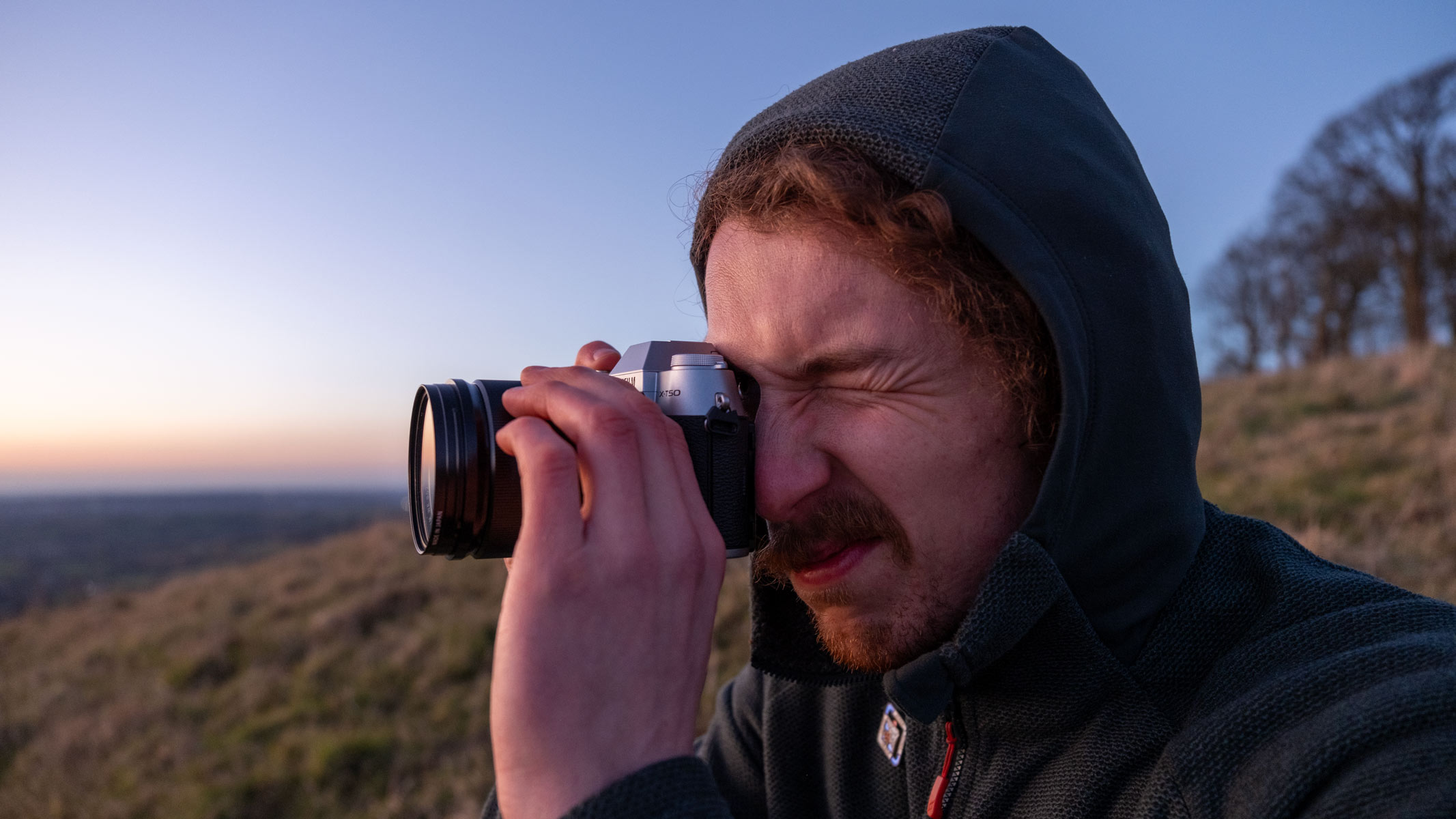
We compare real-world usage with technical specifications to evaluate whether the lens would be good for a certain photography subject. When testing the lenses, we evaluate autofocus quality, image sharpness and chromatic aberration. We primarily test them in low-light conditions with a heavy focus on astrophotography.
During our testing of some of these Fujifilm lenses, we took them to a Bortle Level 4 dark-sky site and used them for astrophotography. We used the XF 18mm f/1.4 R LM WR, XF 8-16mm f/2.8 R LM WR and XF 16-55mm f/2.8 R LM WR II with a Fujifilm X-T50, X-H2 and X-M5. We managed to get good photographs of star fields containing Orion, the Orion Nebula, the Andromeda galaxy, Jupiter, Mars and the Pleiades.
We try to test all of the products in our buying guides, but wherever we don't have hands-on experience, we look at user reviews on merchant sites and analyze the quoted specifications ourselves. Our reviewers are astrophotographers who have good camera experience alongside a strong interest in photographing the night sky.
.png)
 German (DE)
German (DE)  English (US)
English (US)  Spanish (ES)
Spanish (ES)  French (FR)
French (FR)  Hindi (IN)
Hindi (IN)  Italian (IT)
Italian (IT)  Russian (RU)
Russian (RU) 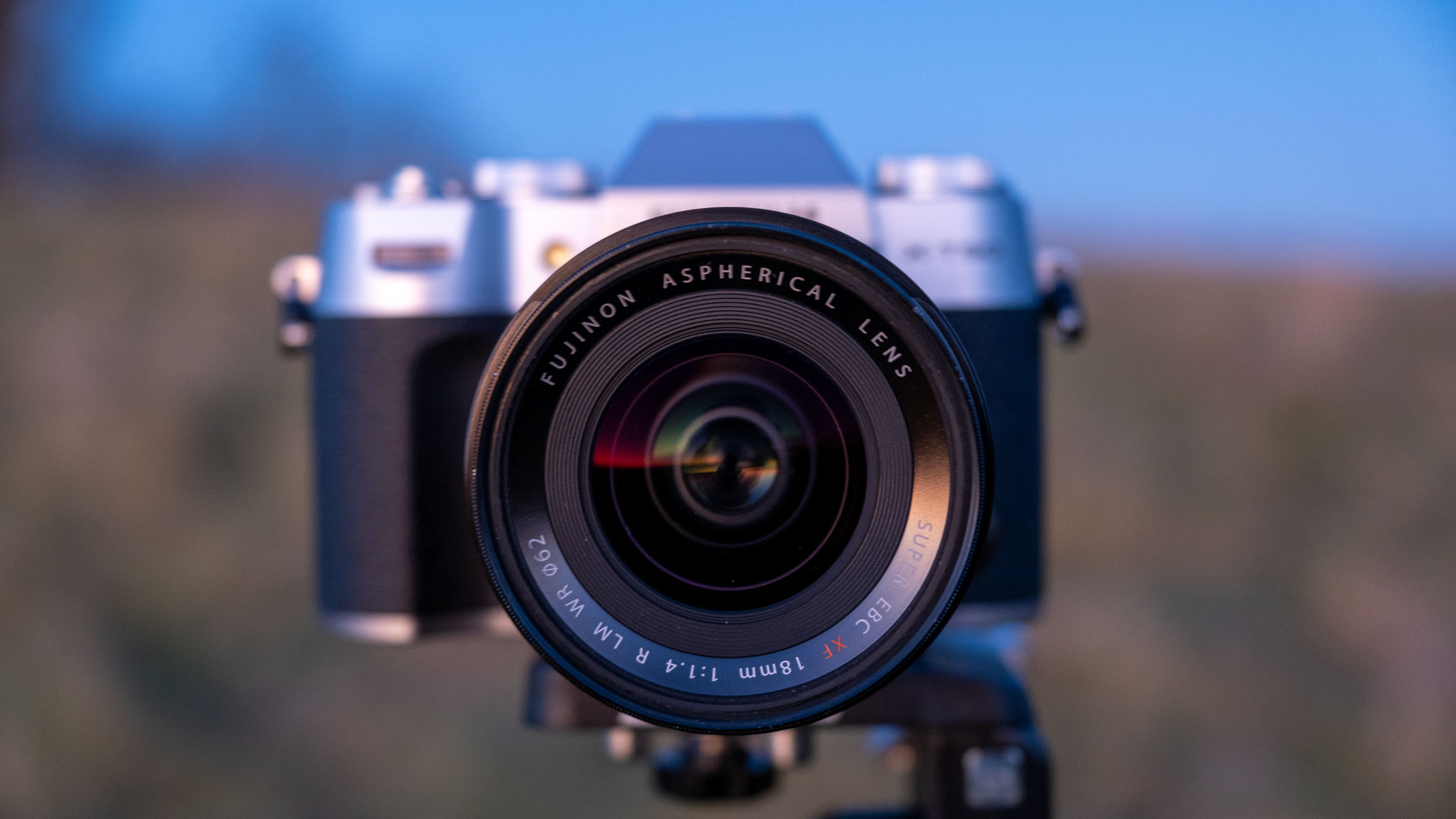
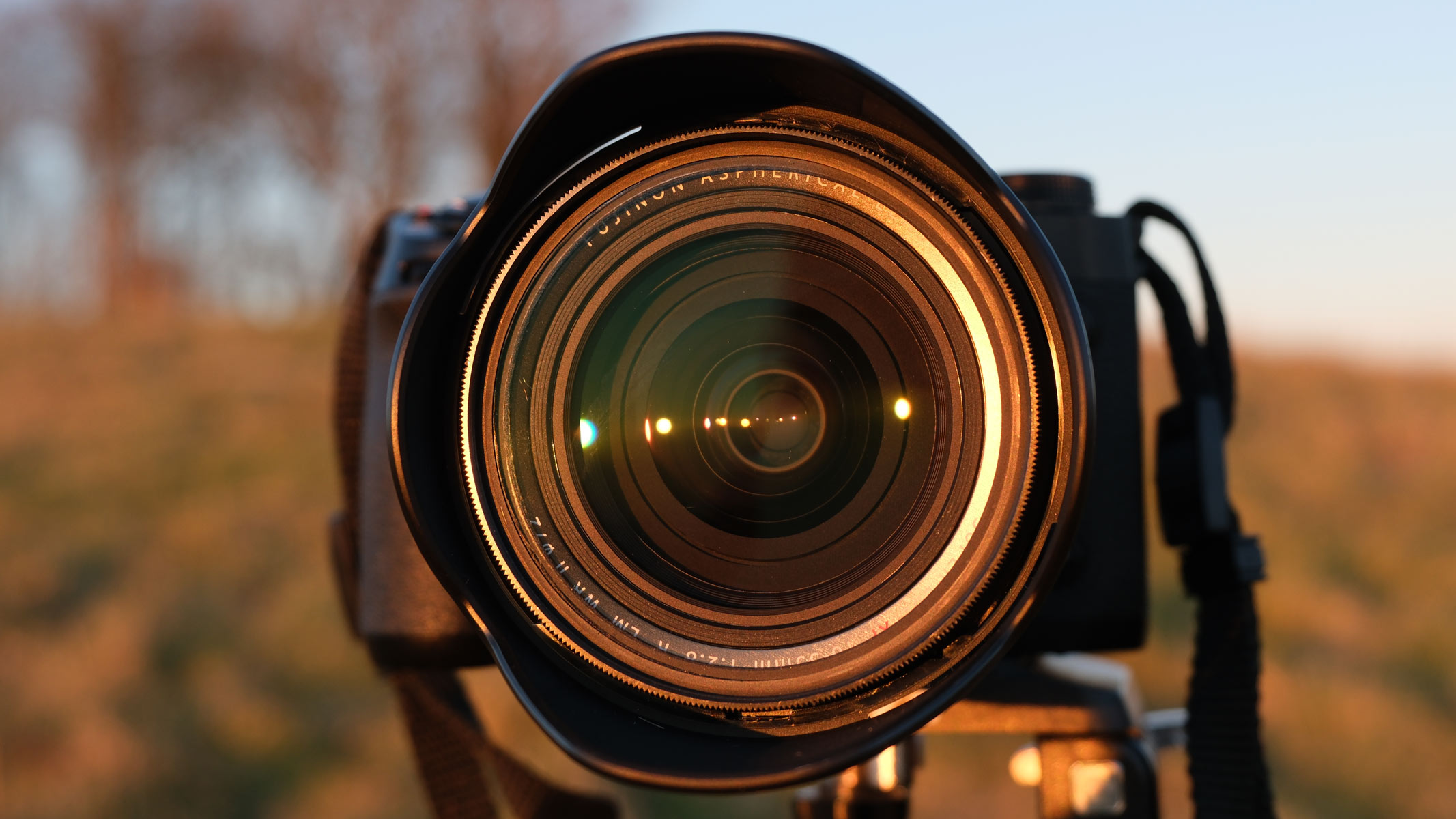
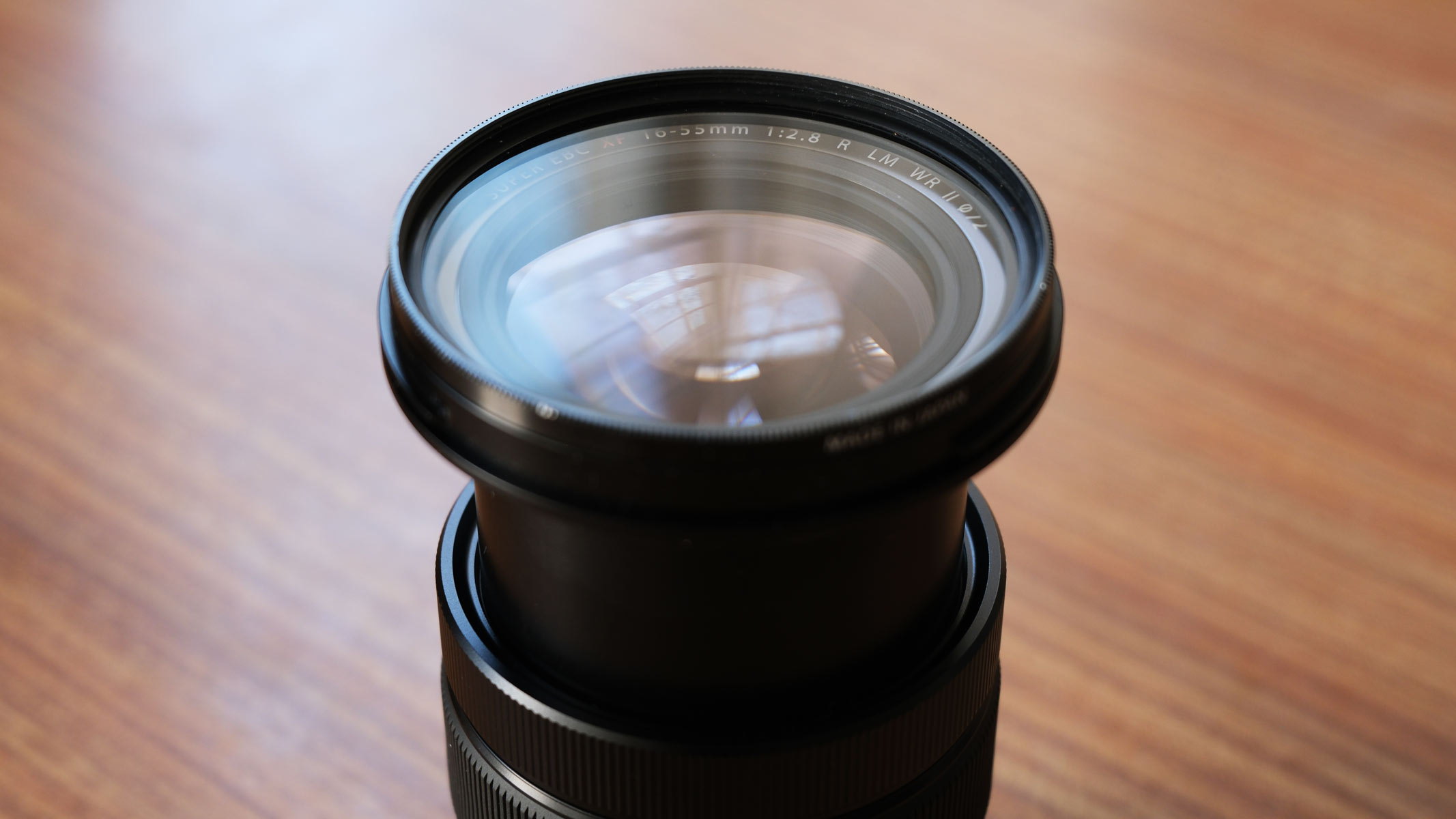
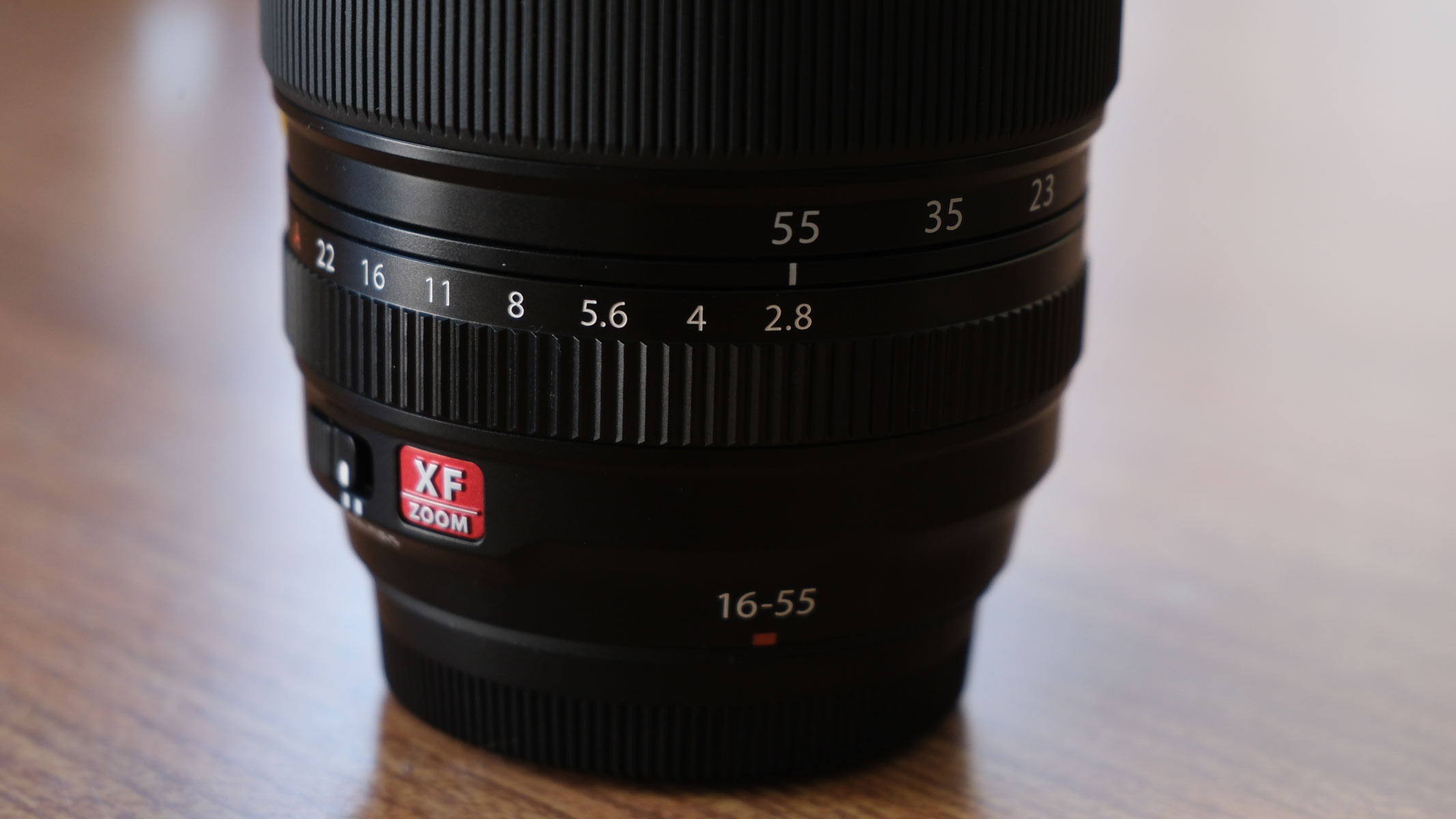
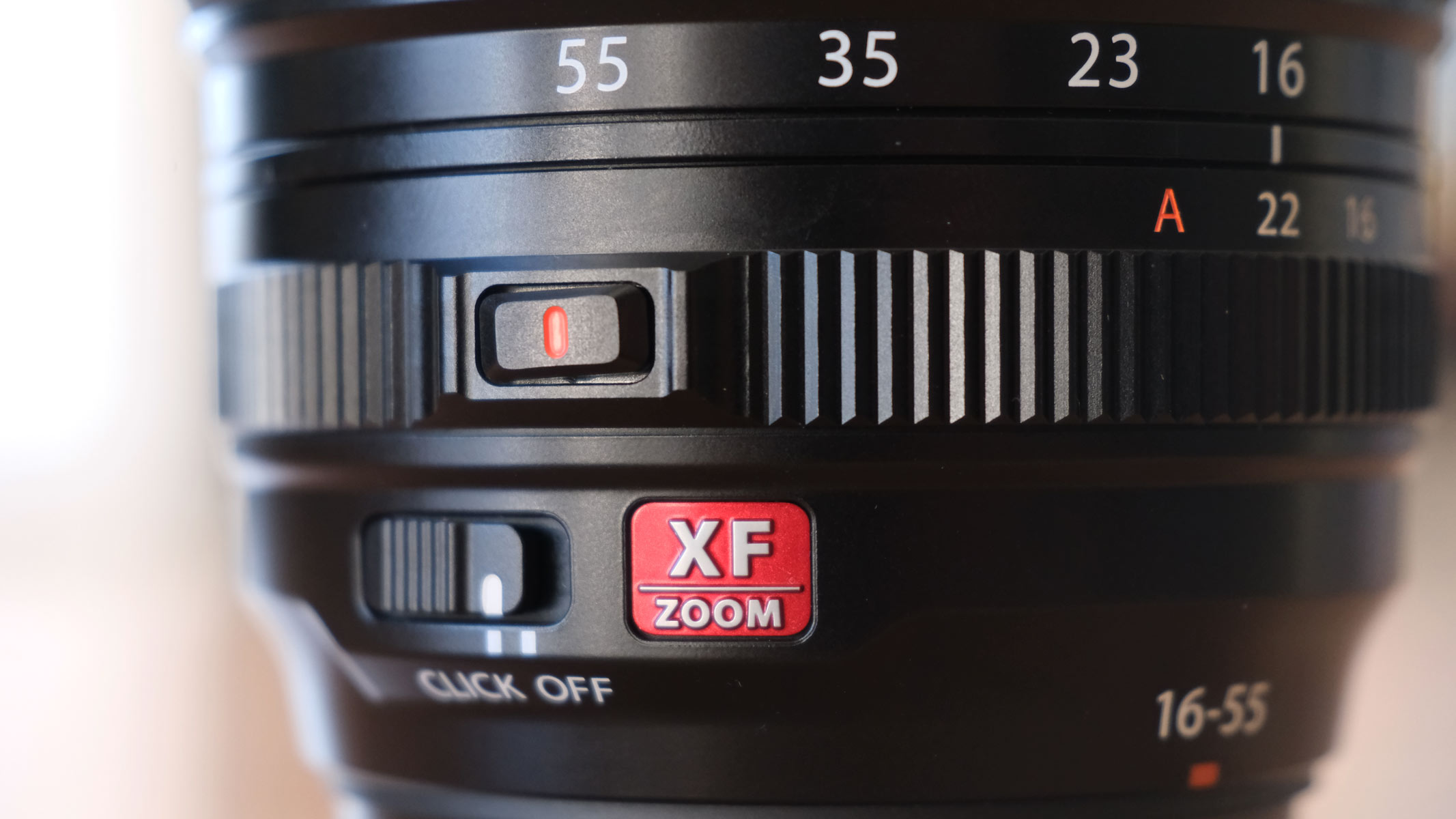
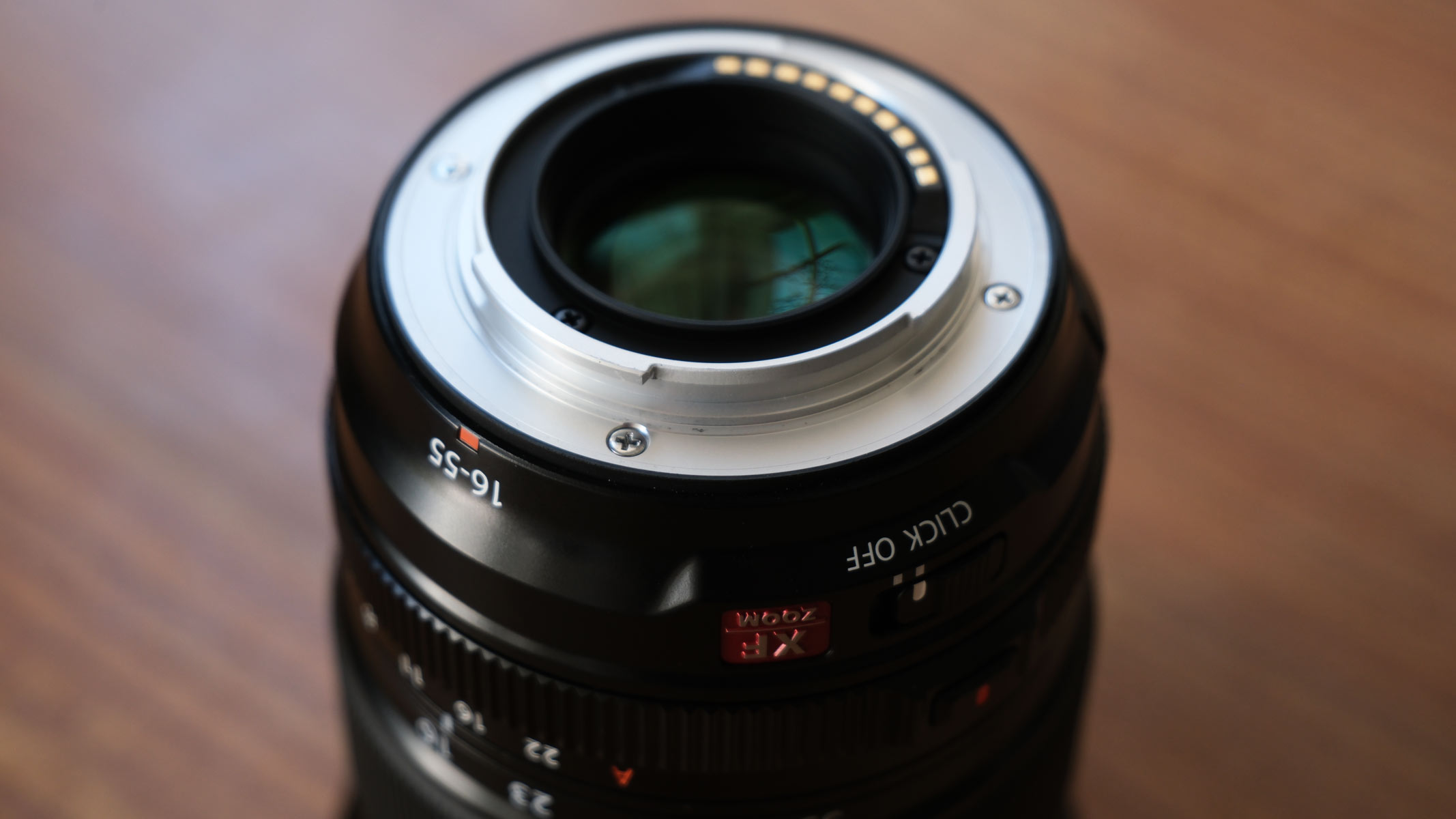
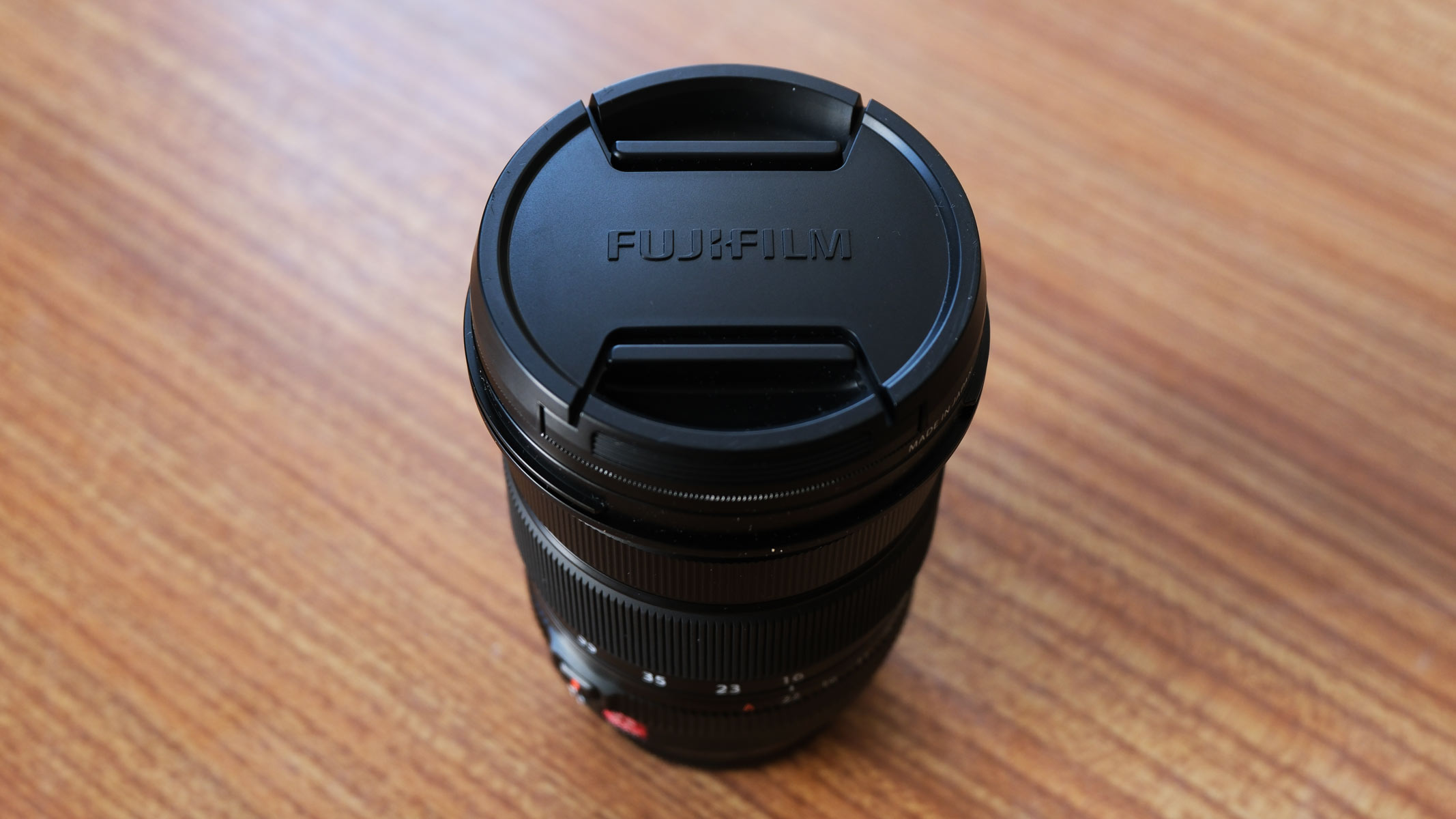
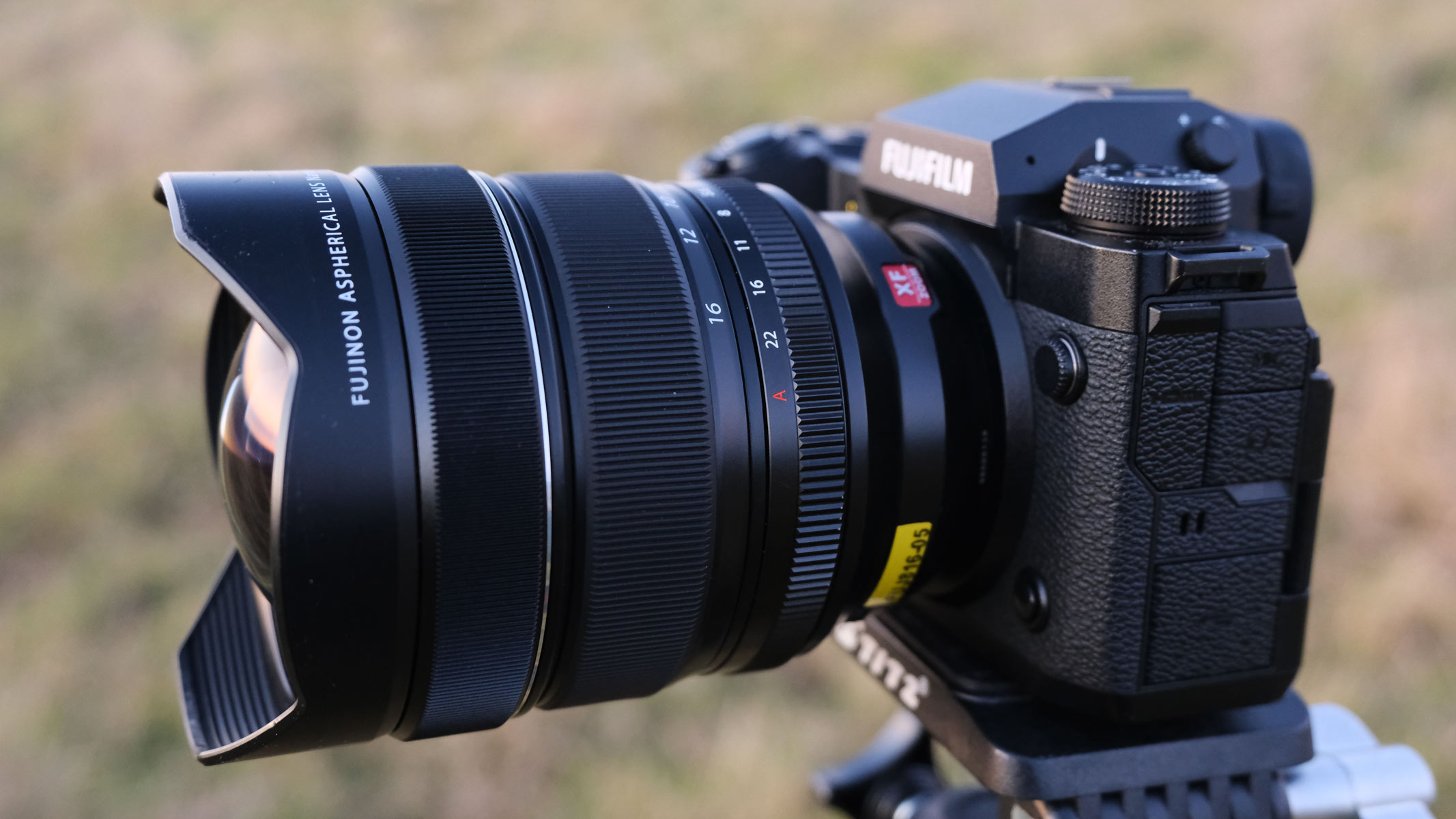
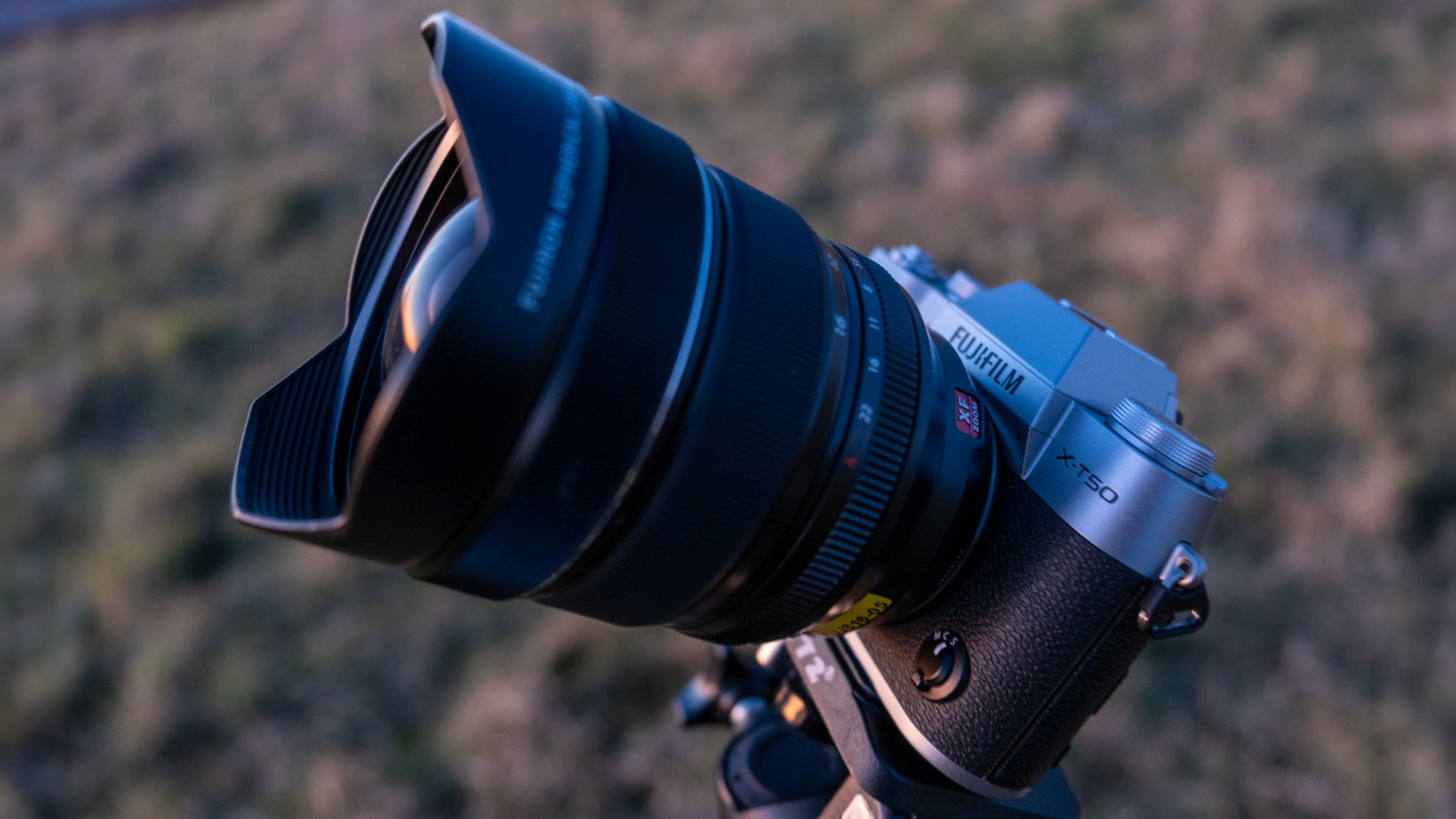
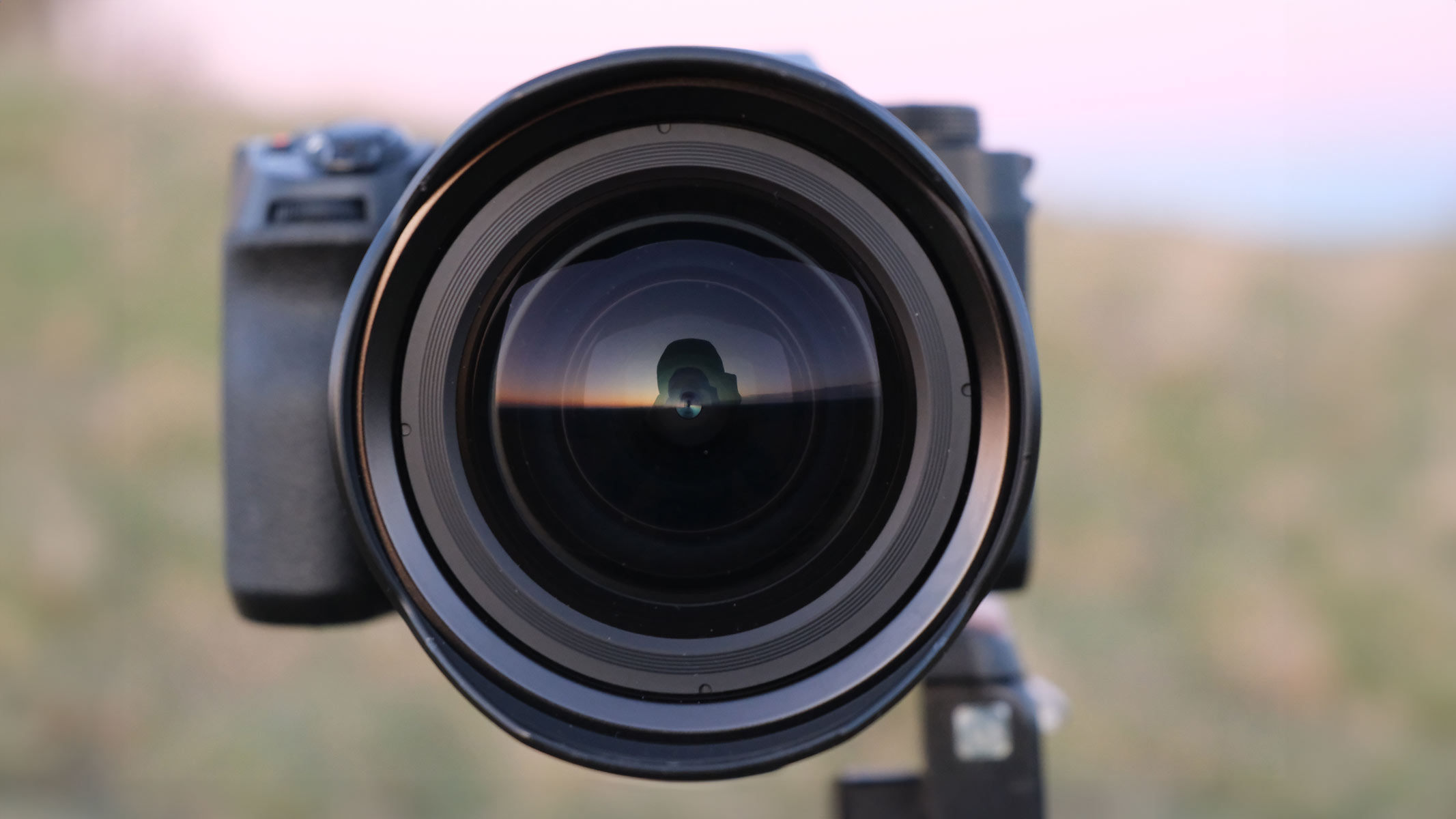
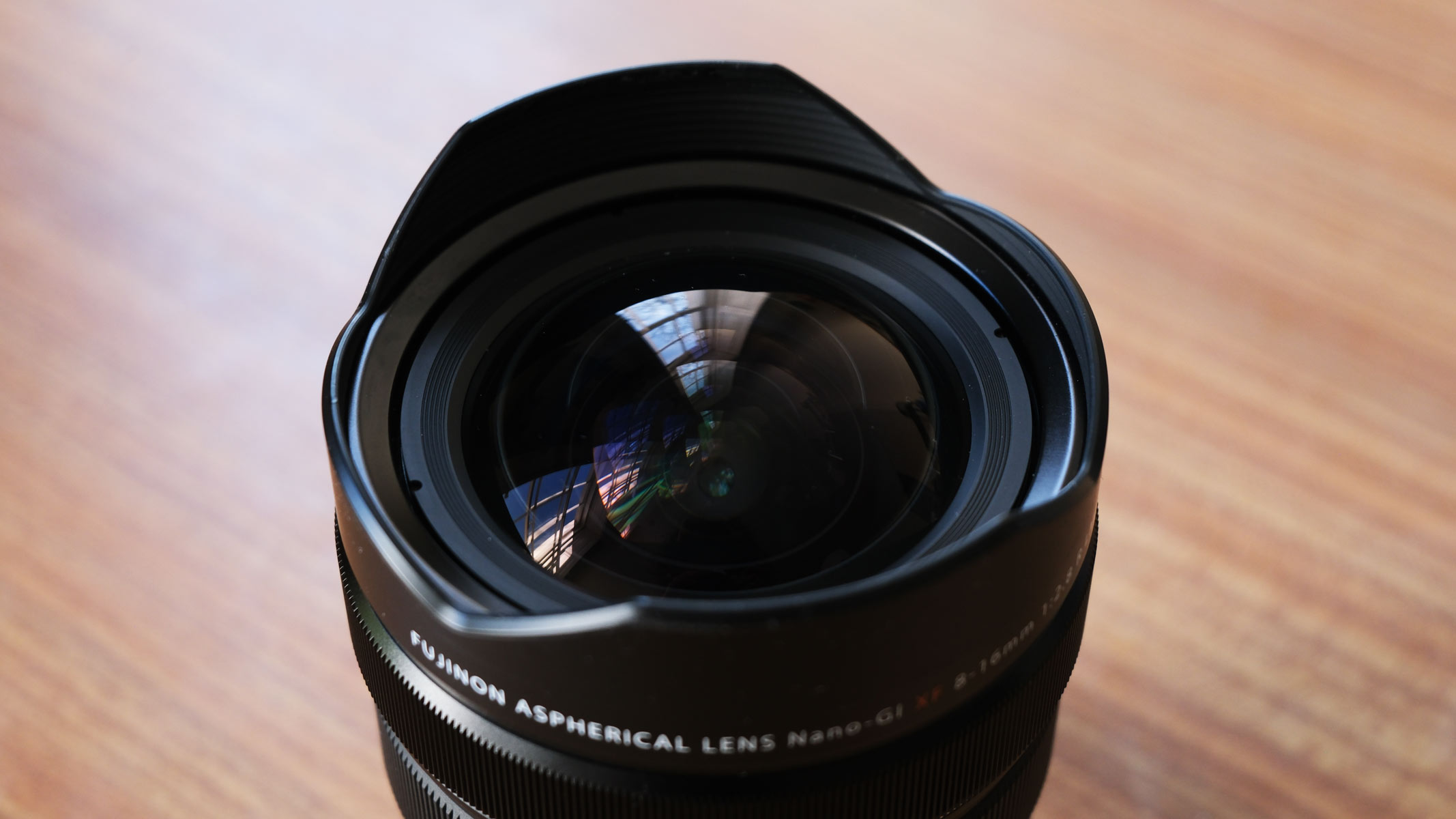
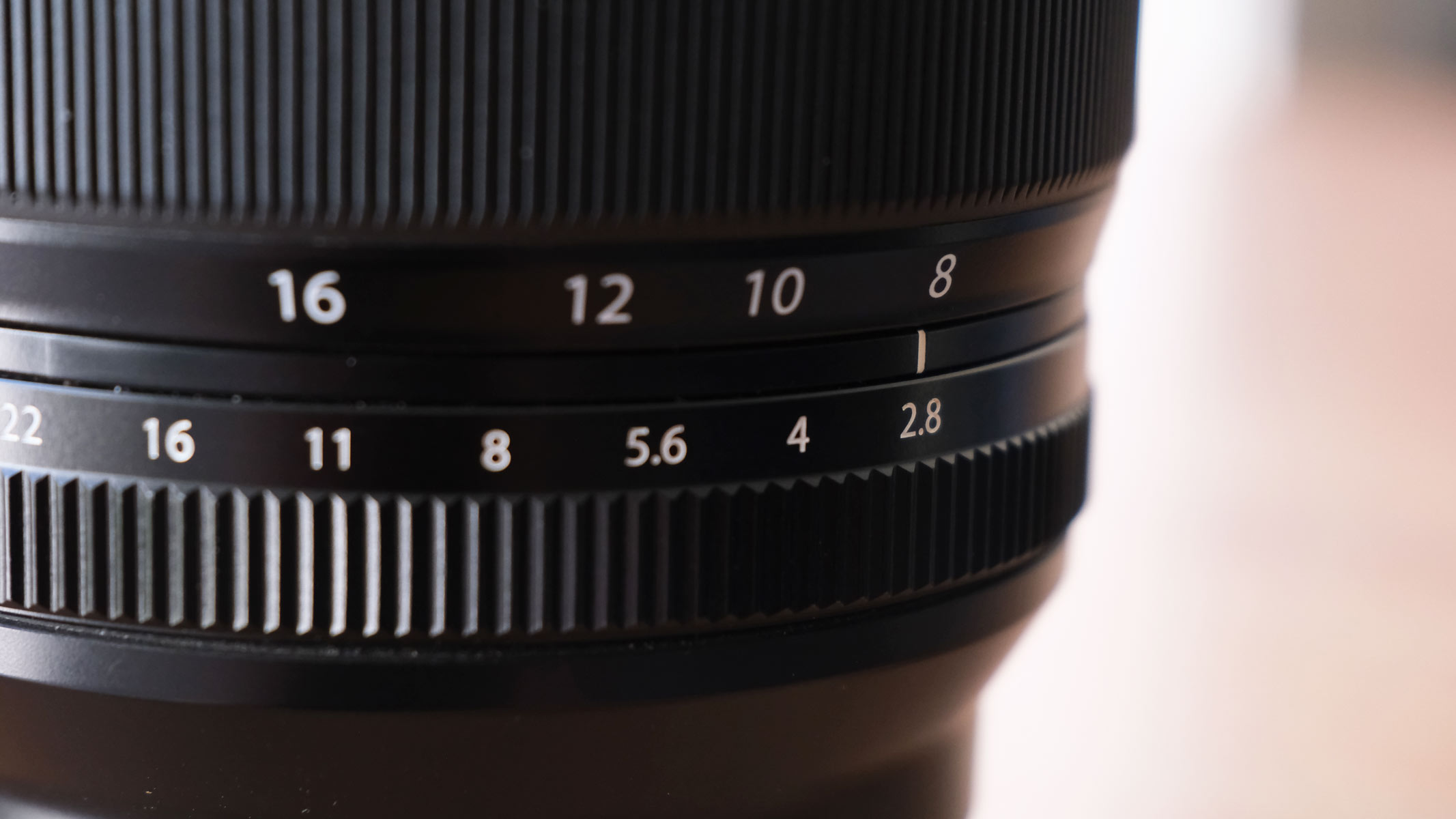
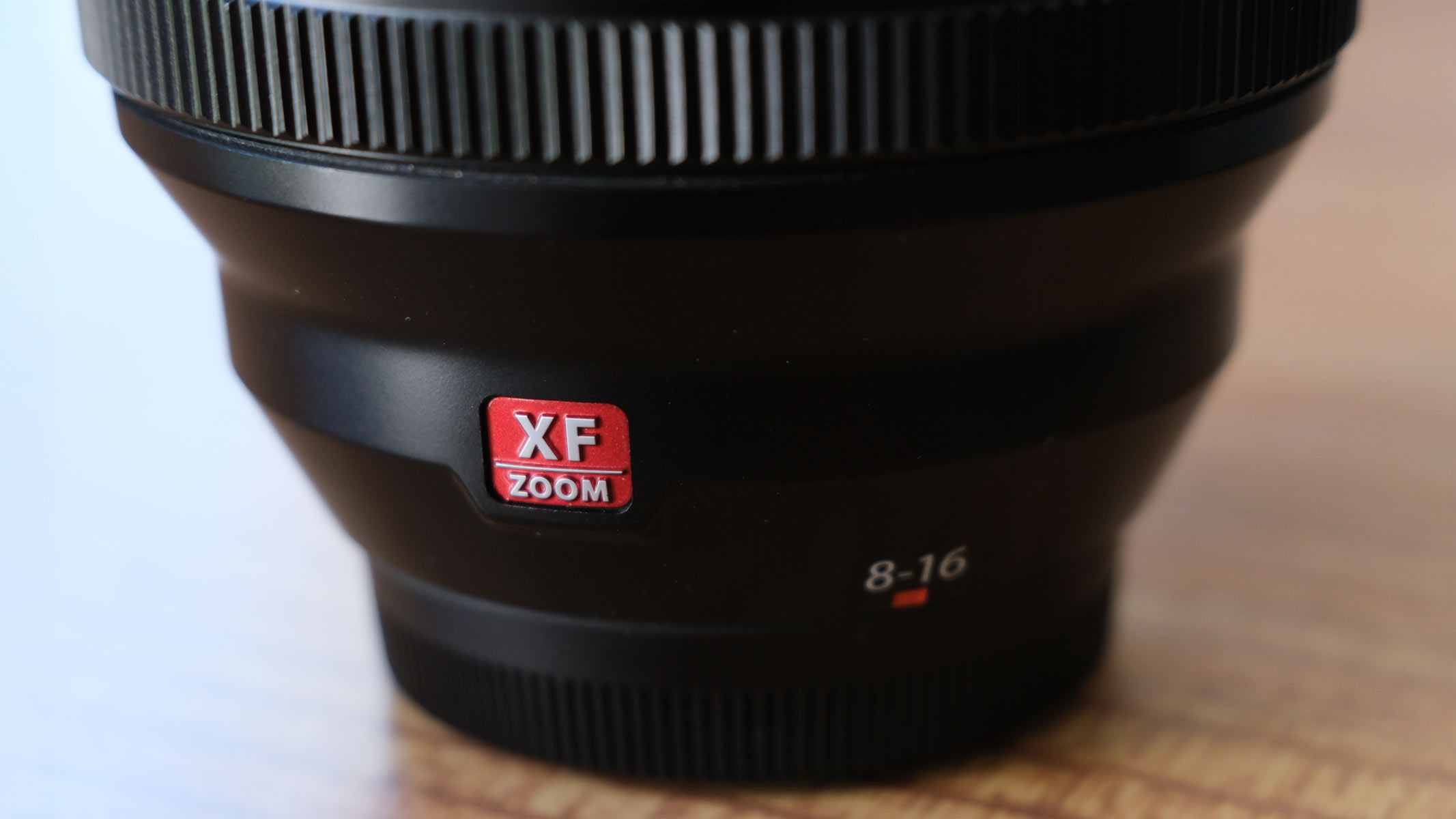
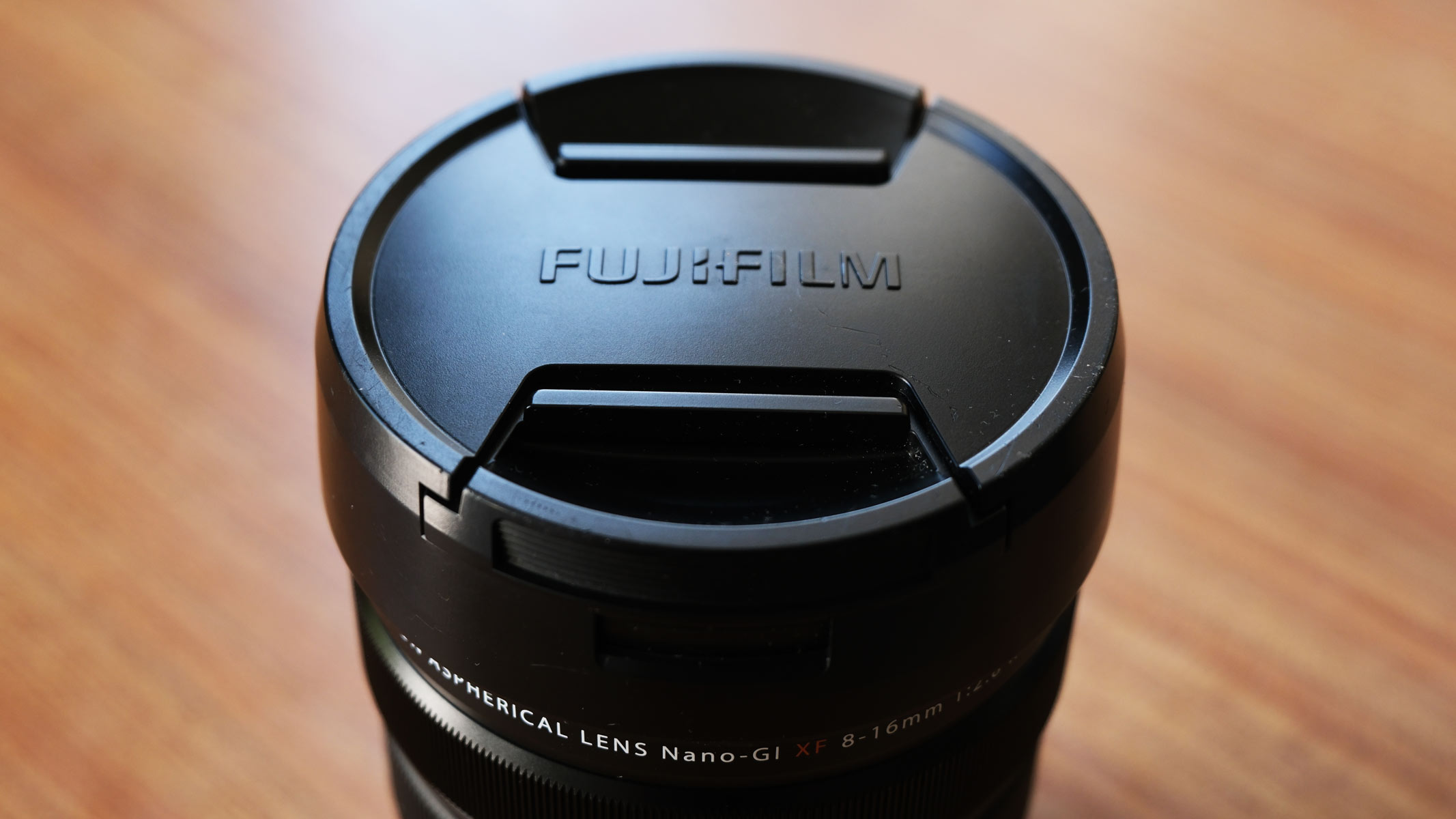
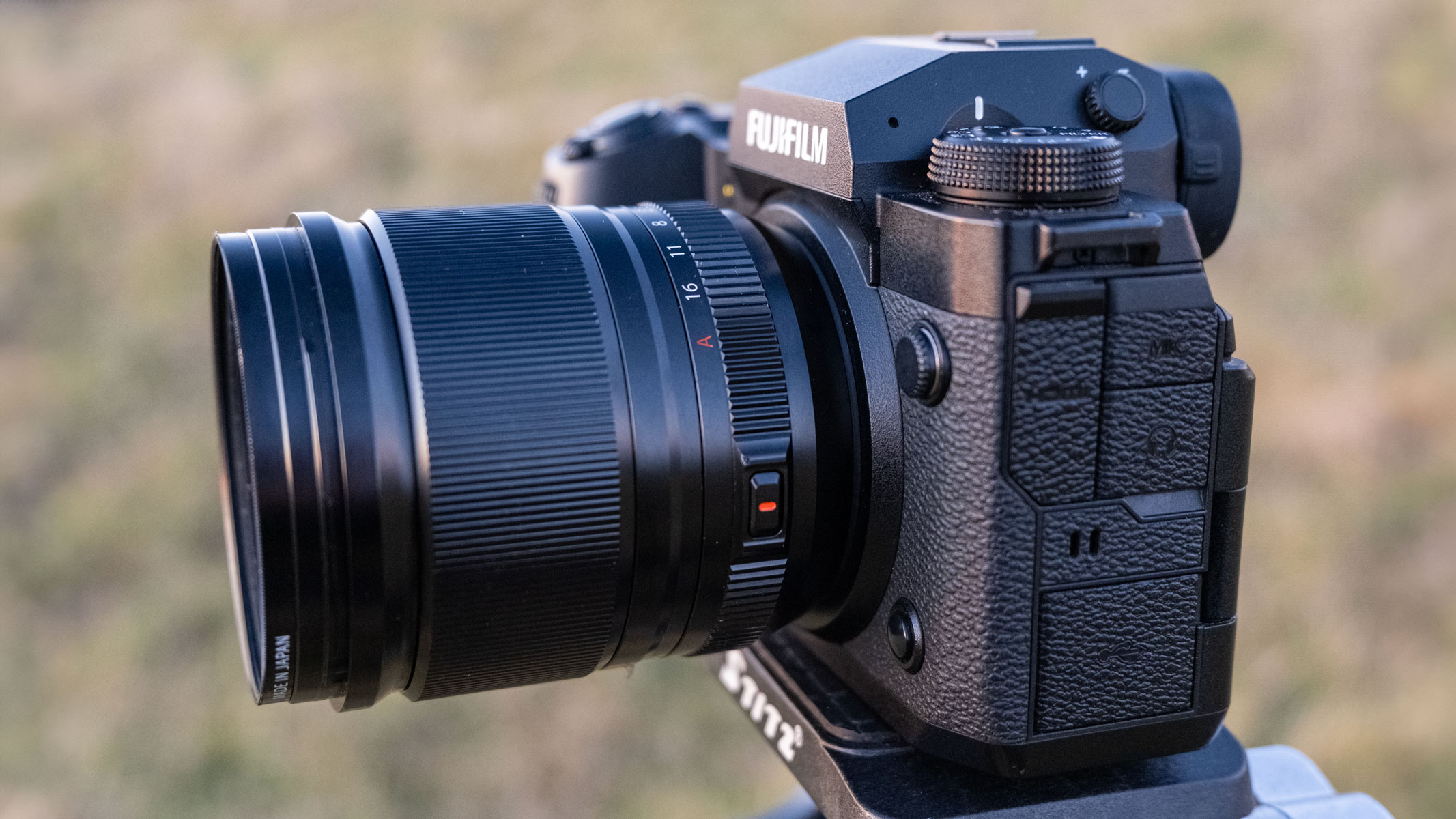
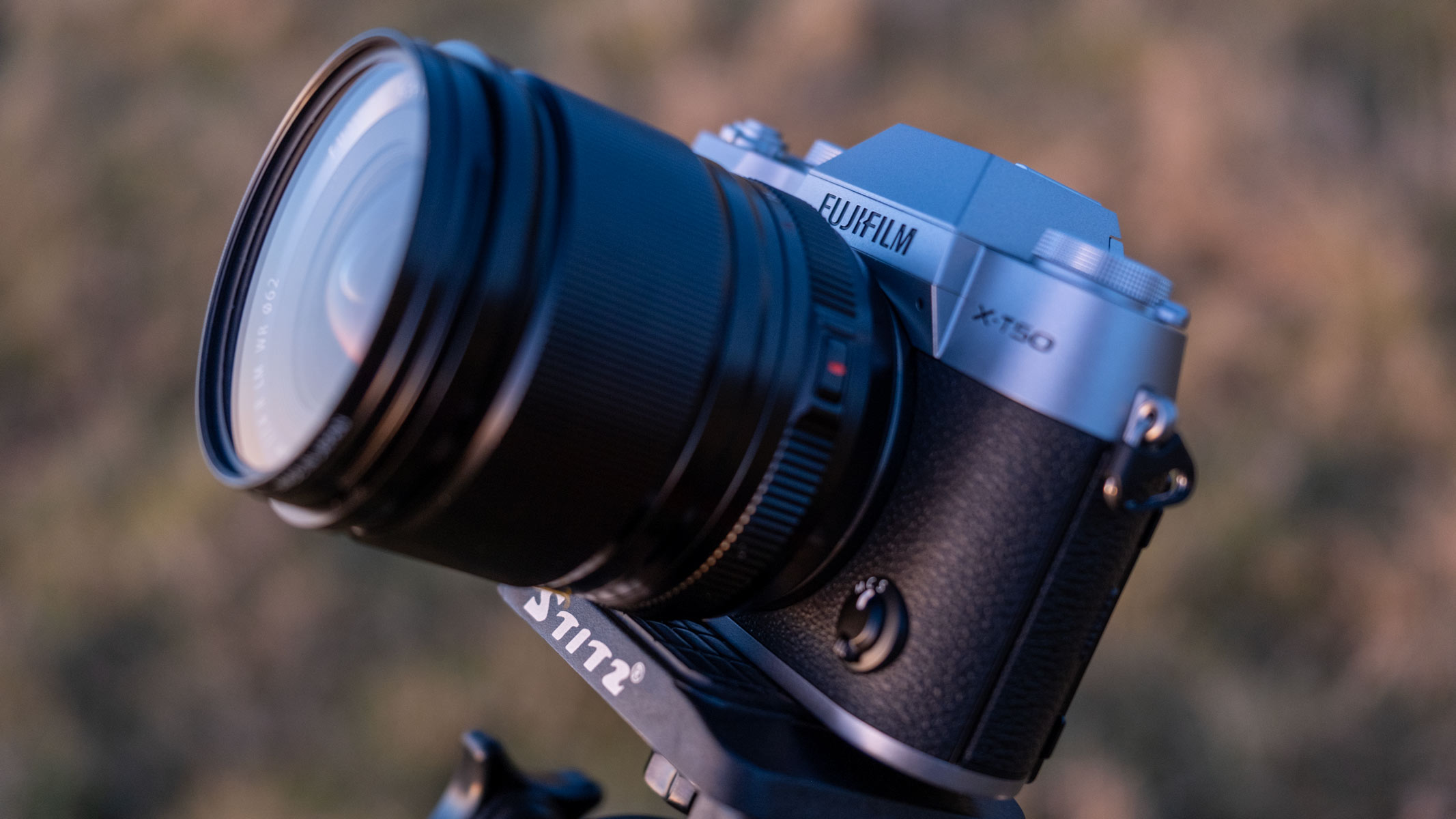
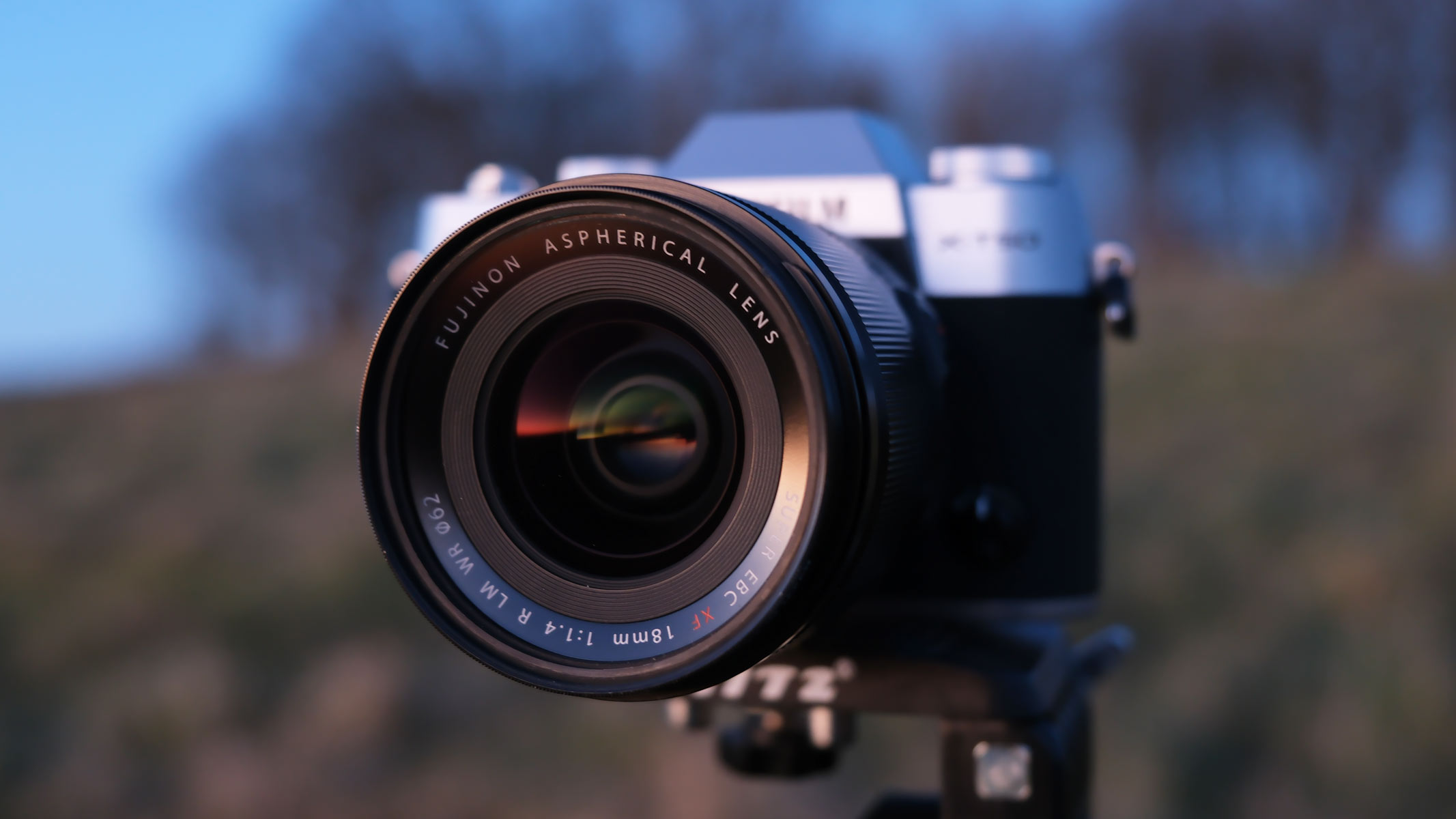
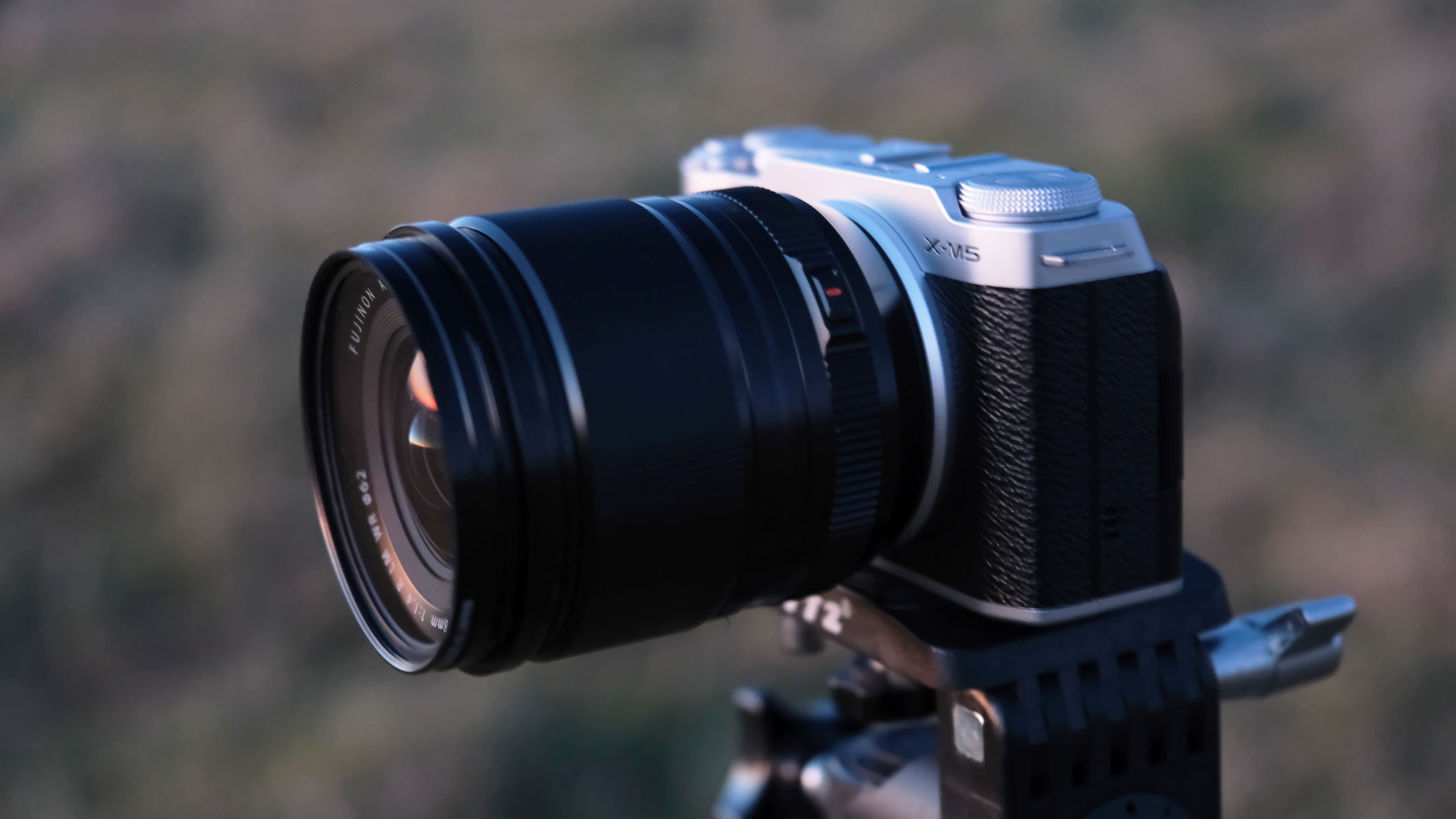

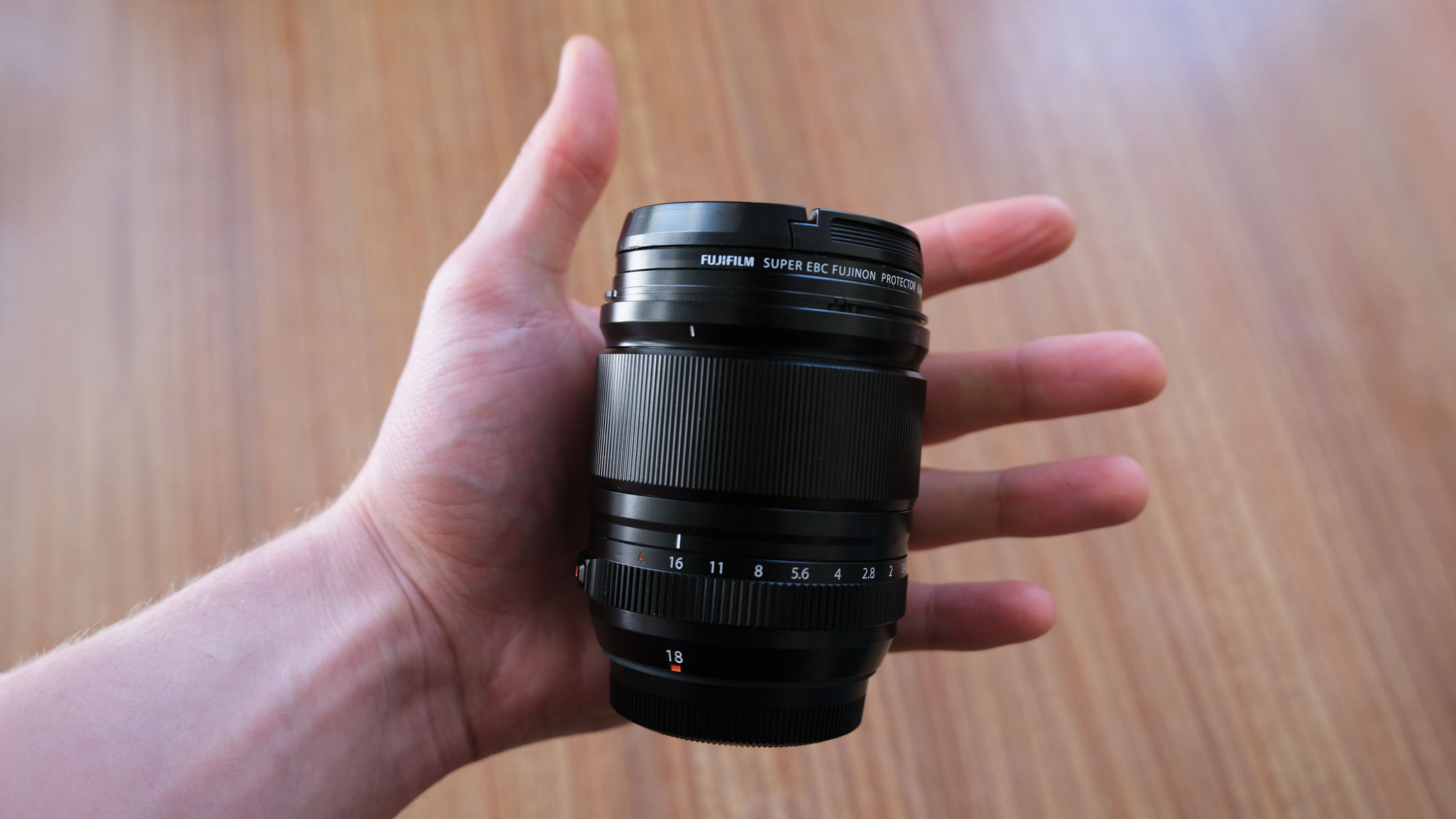
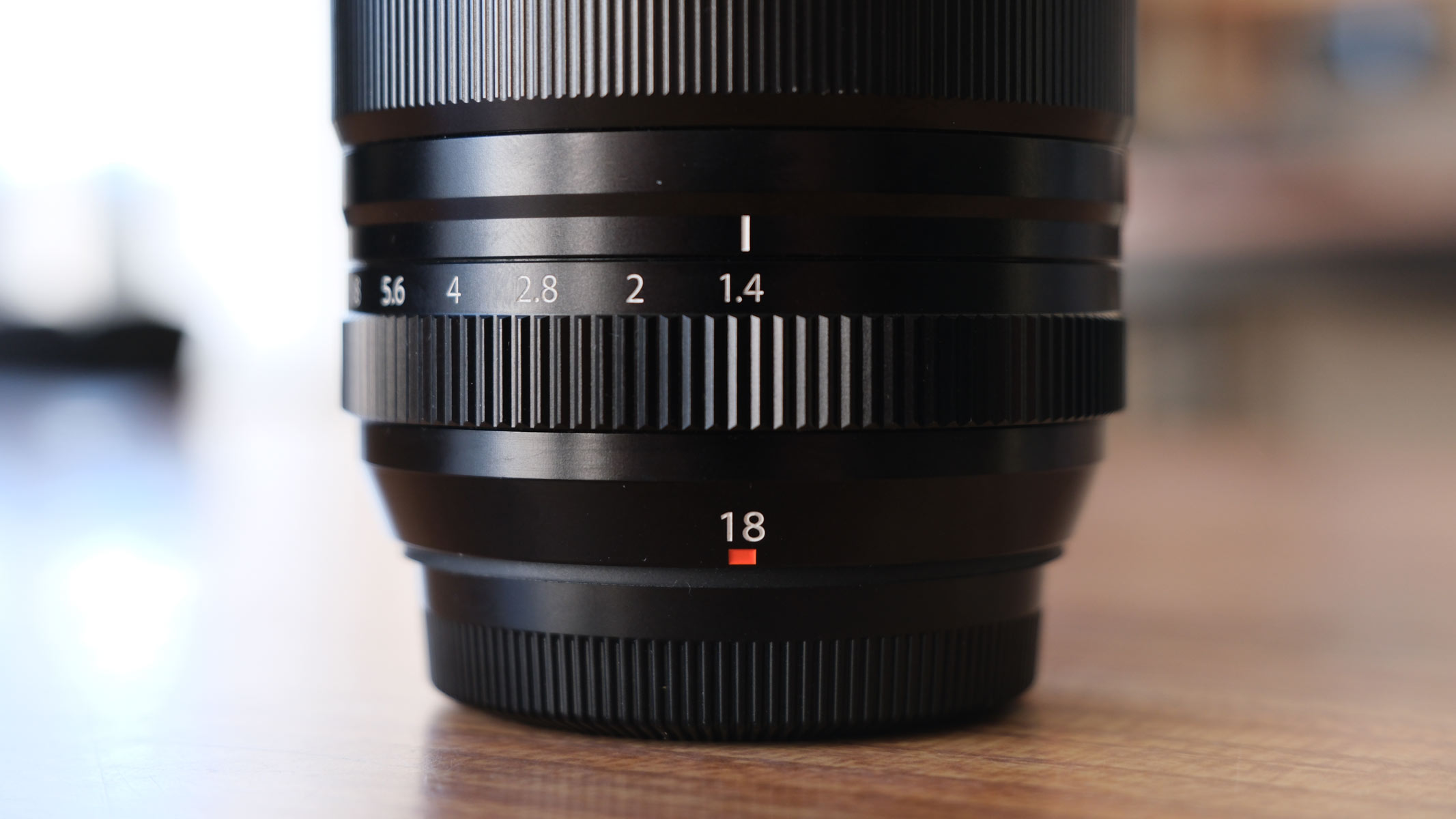
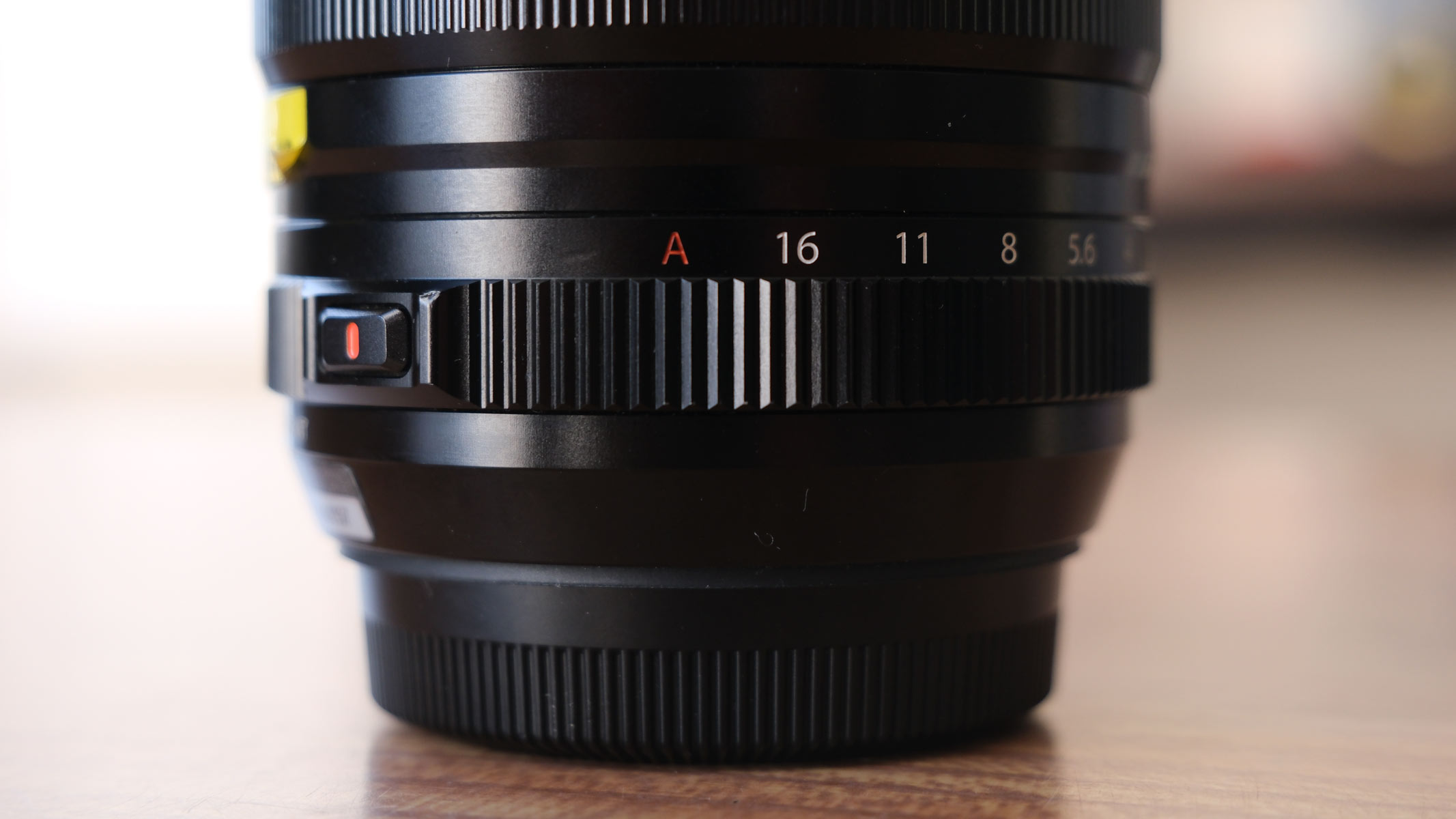
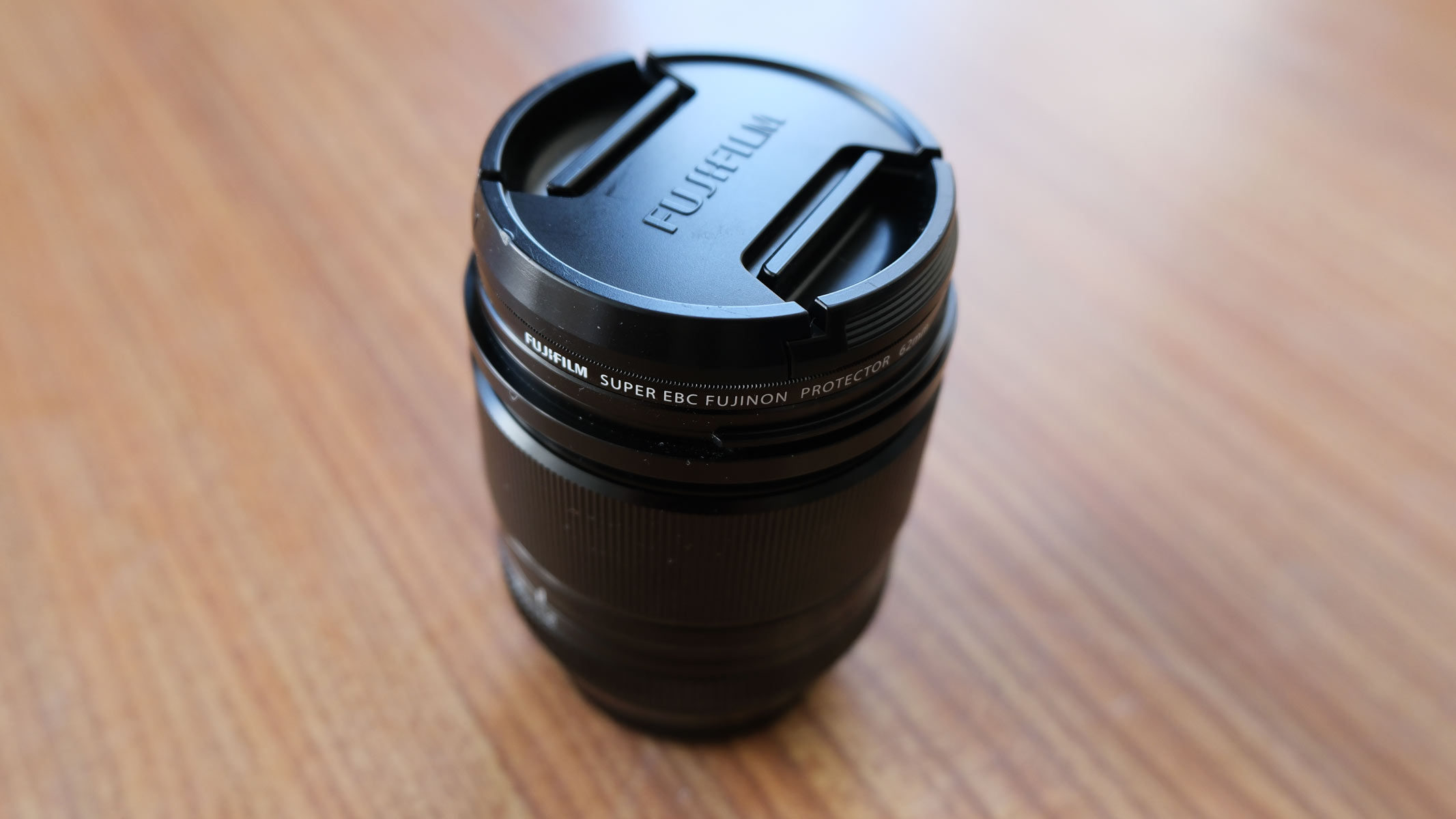
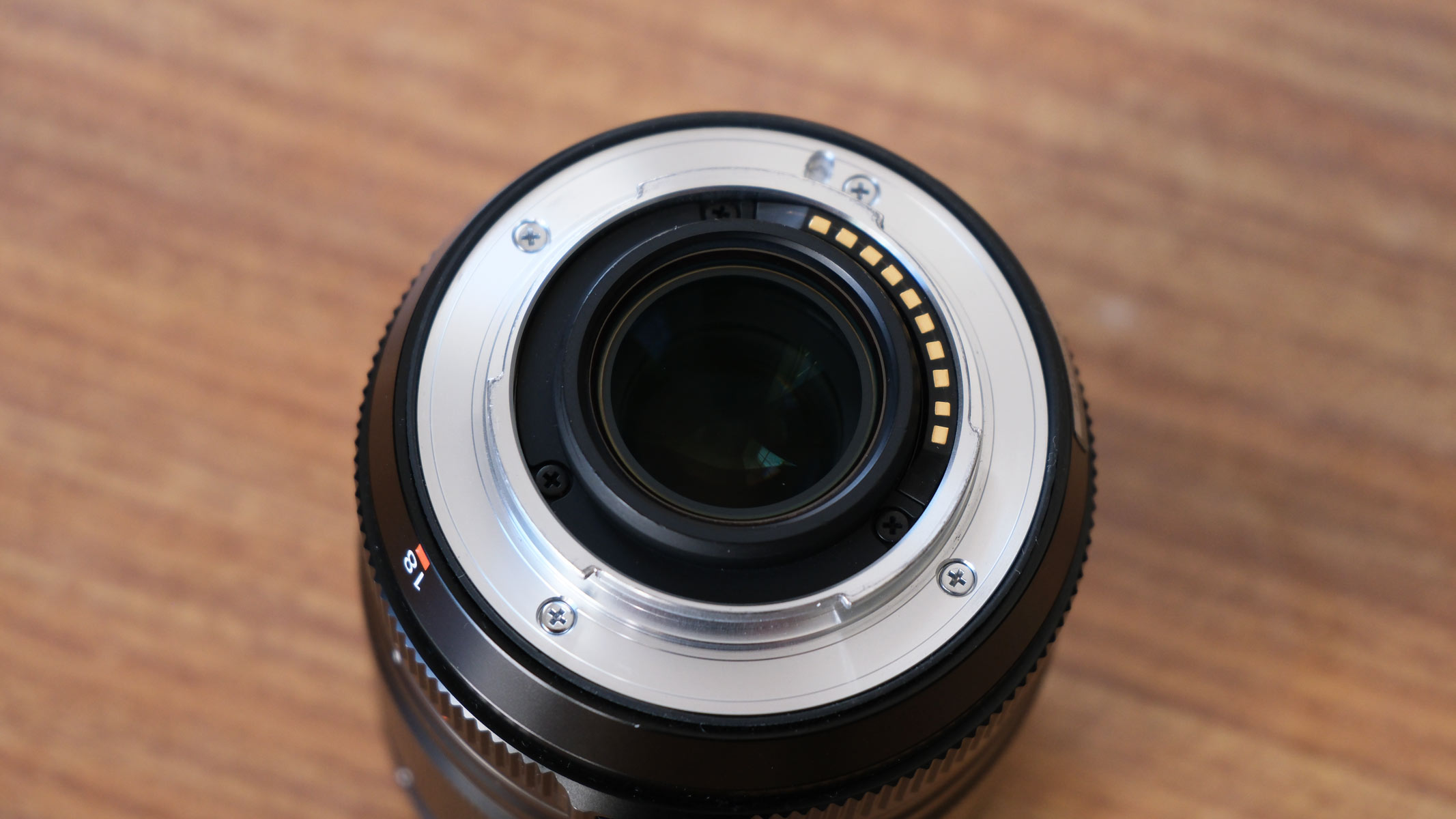

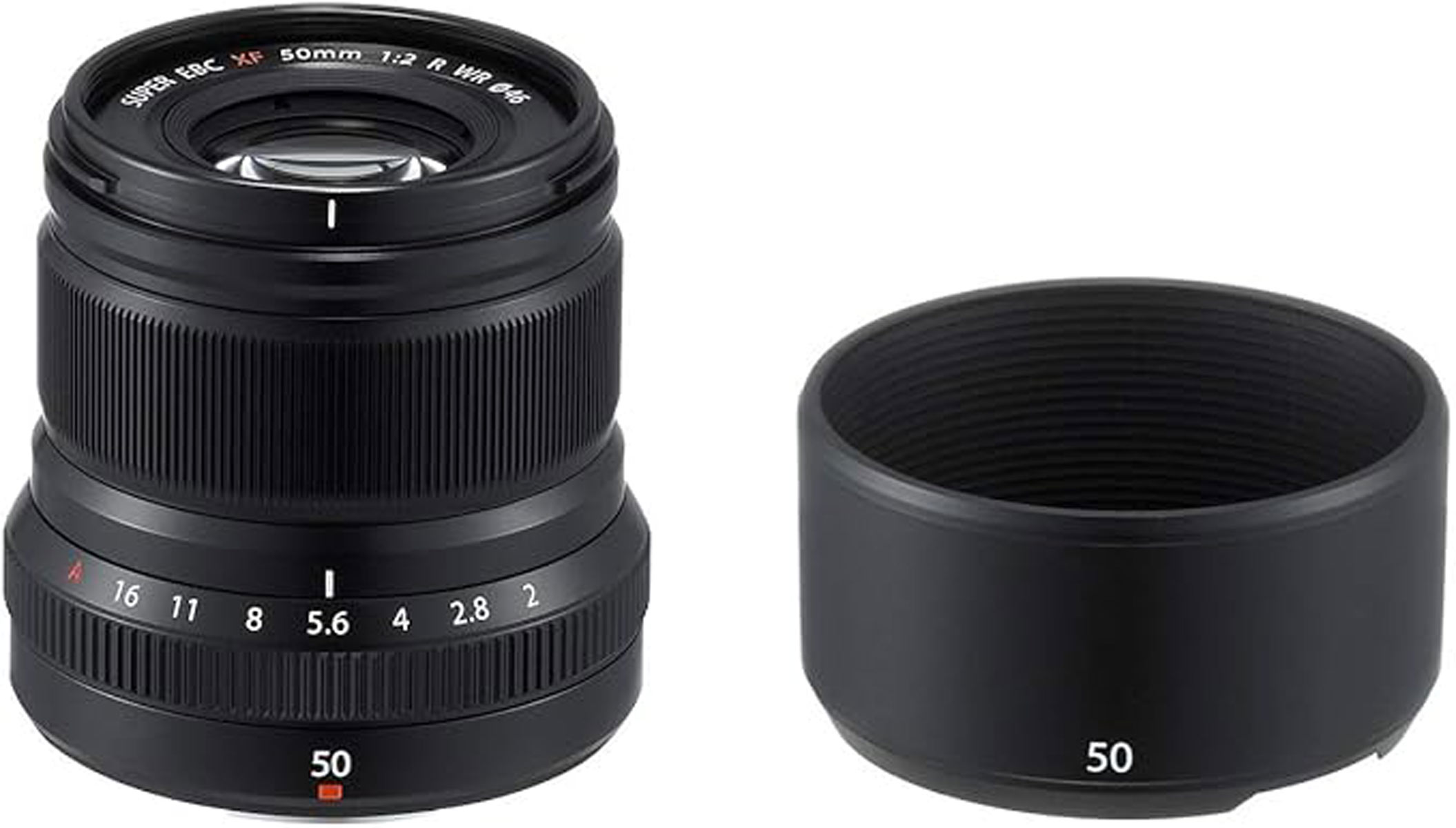
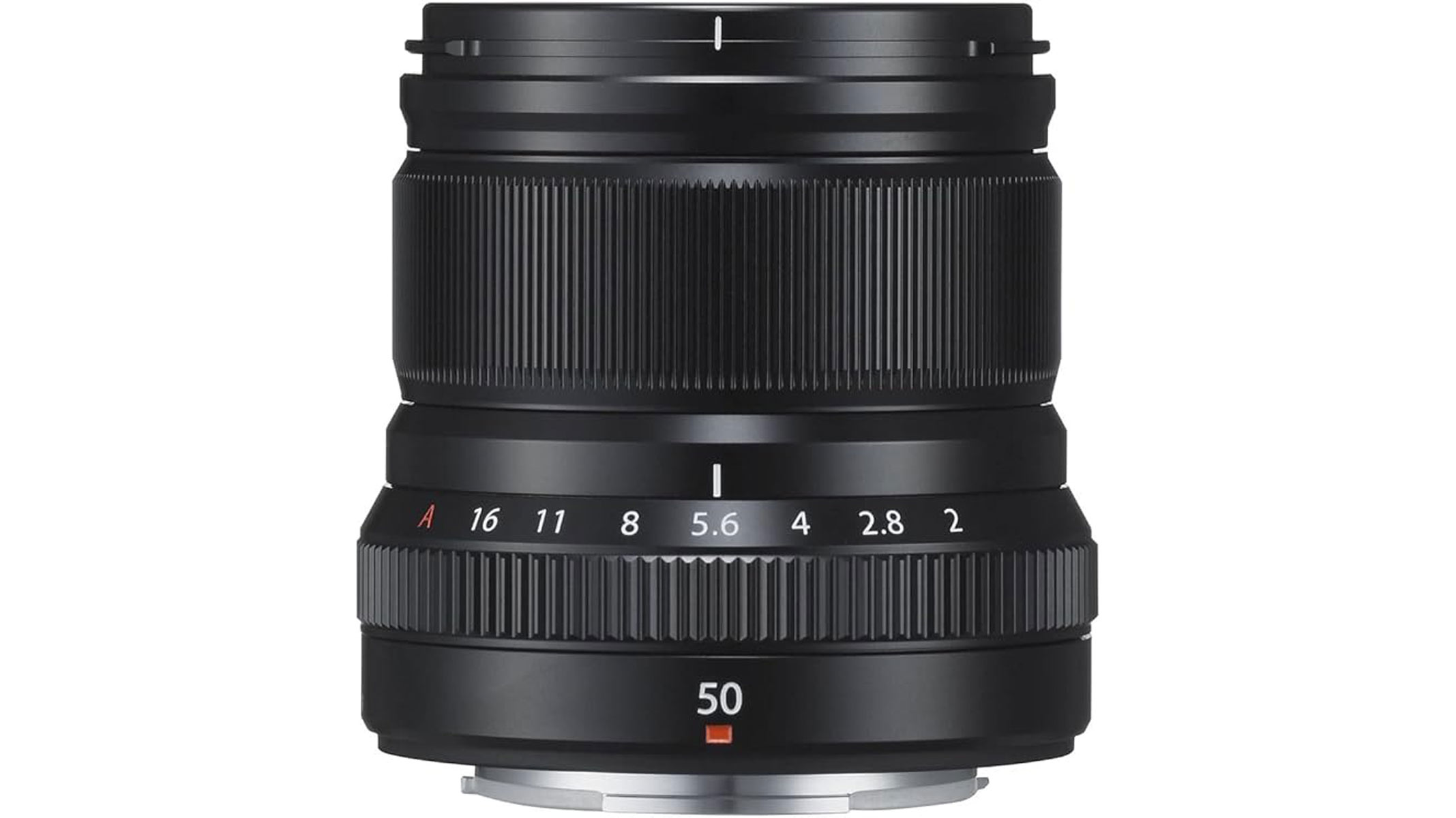
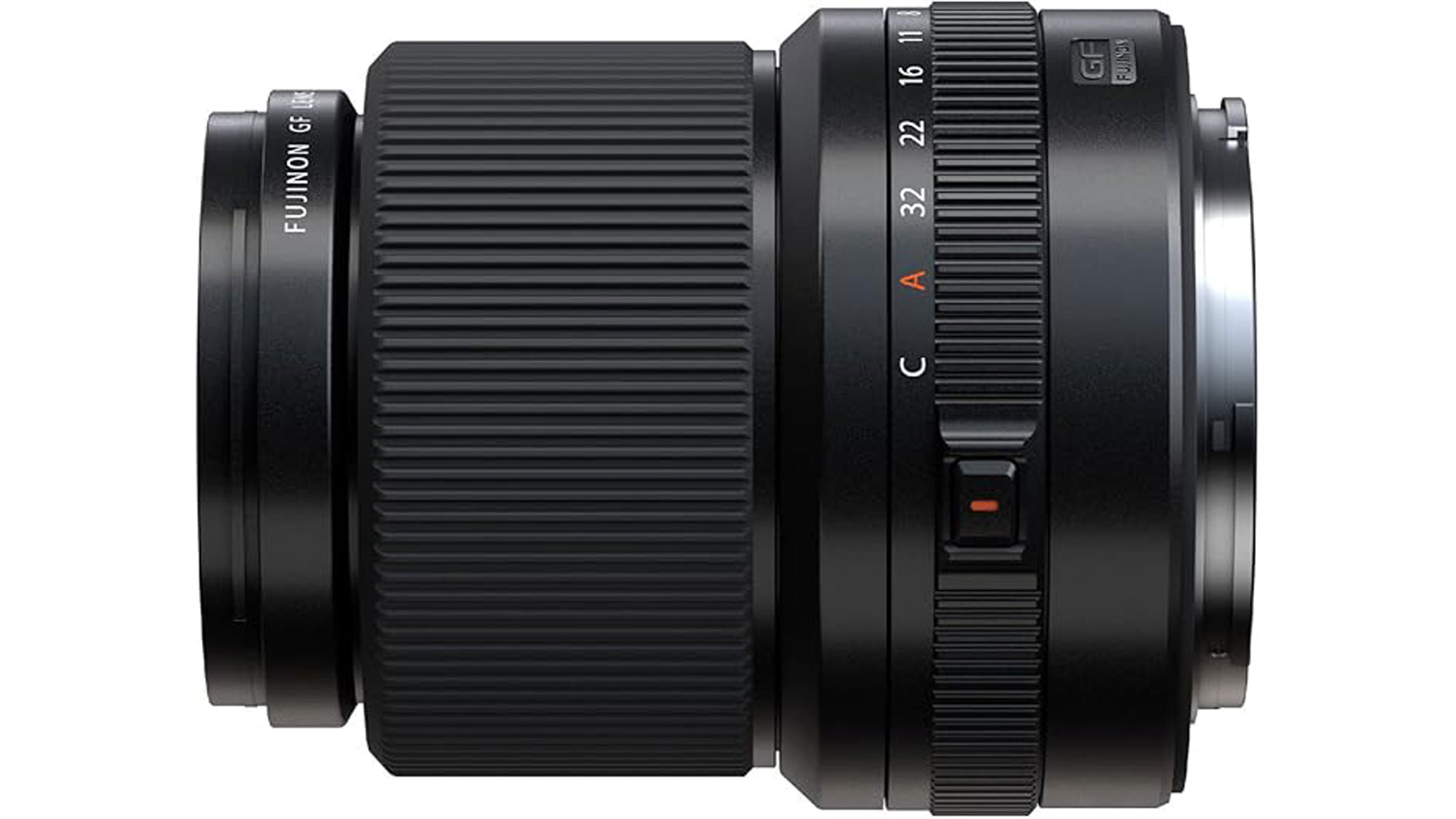
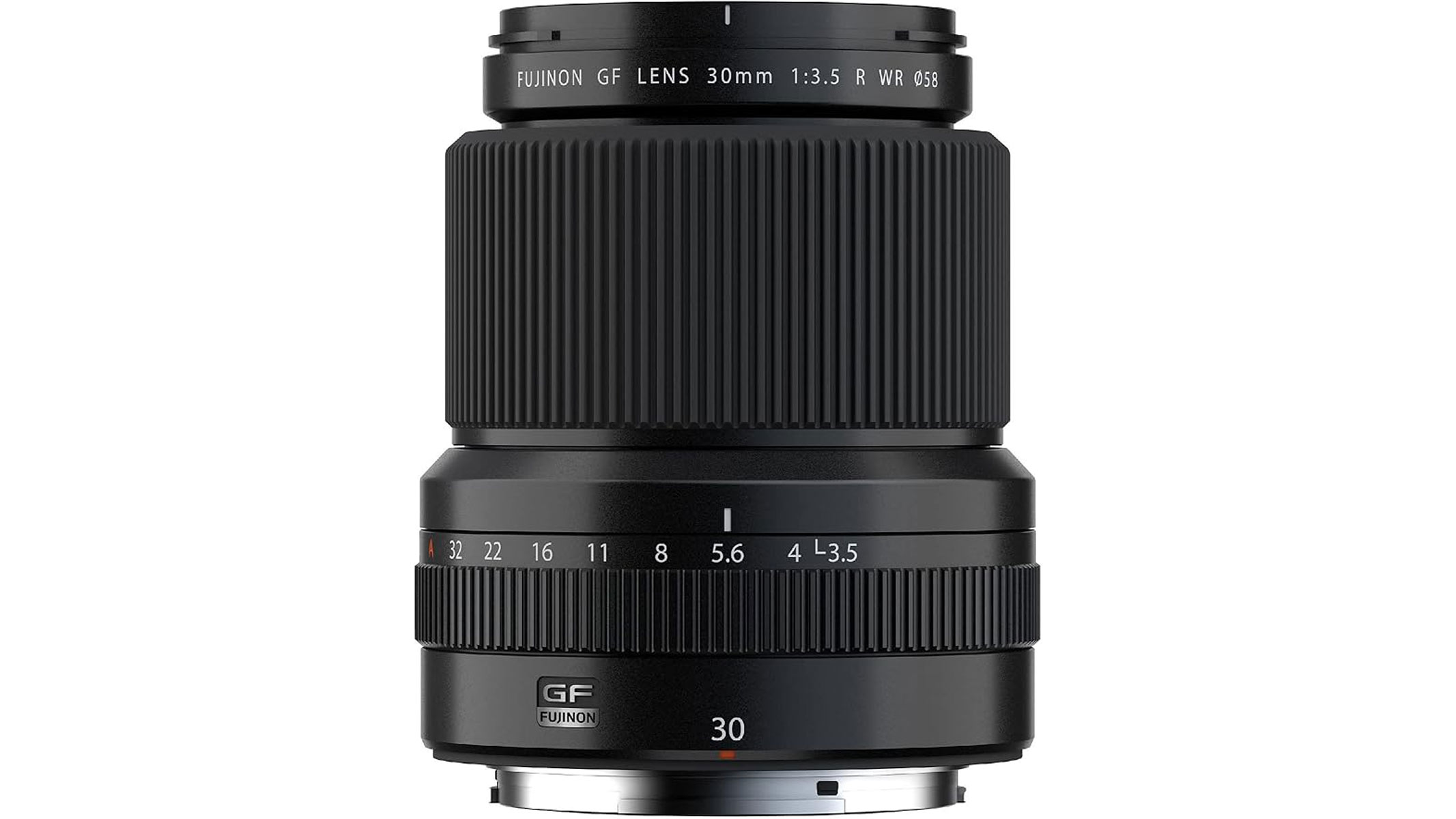
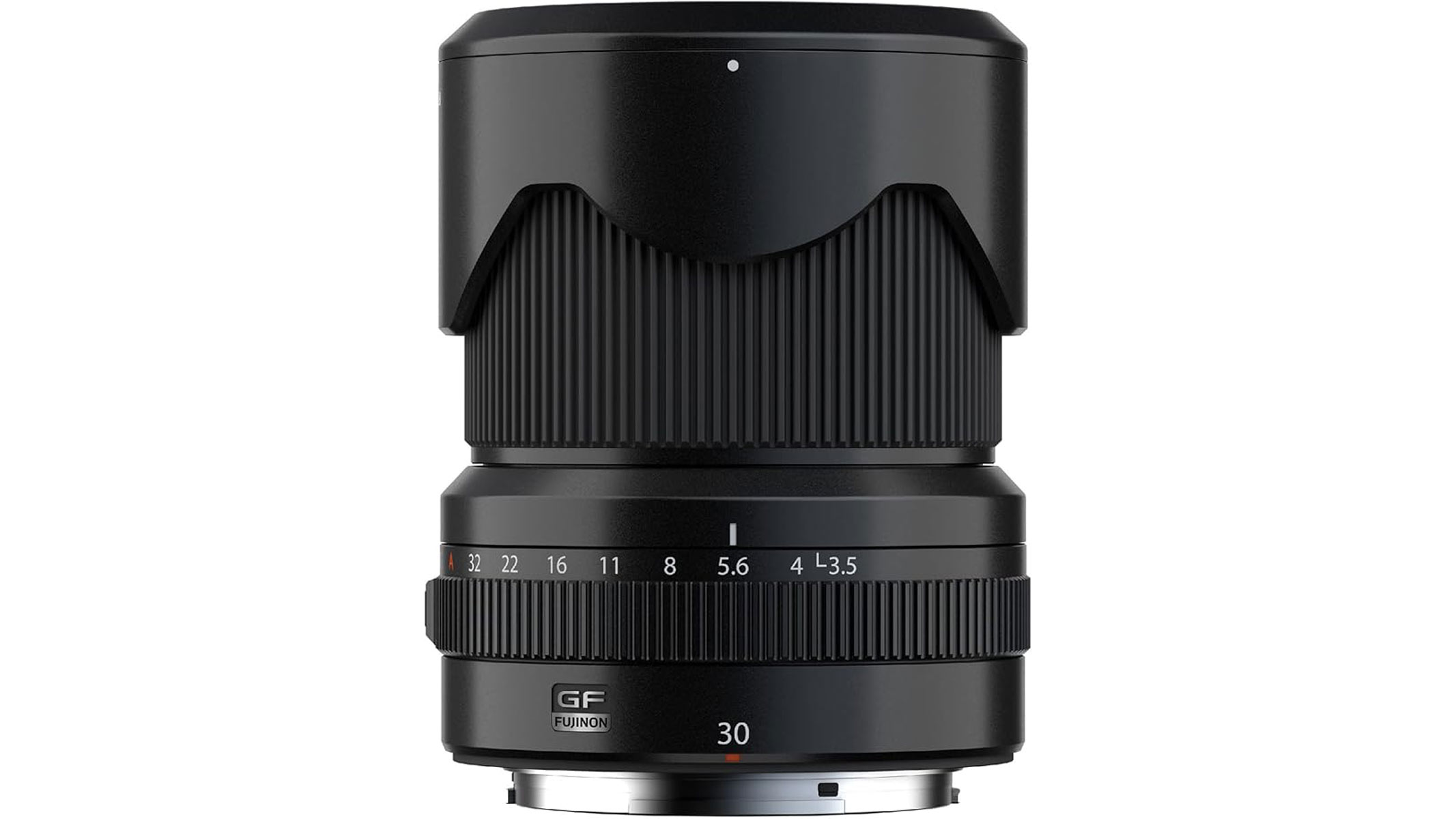
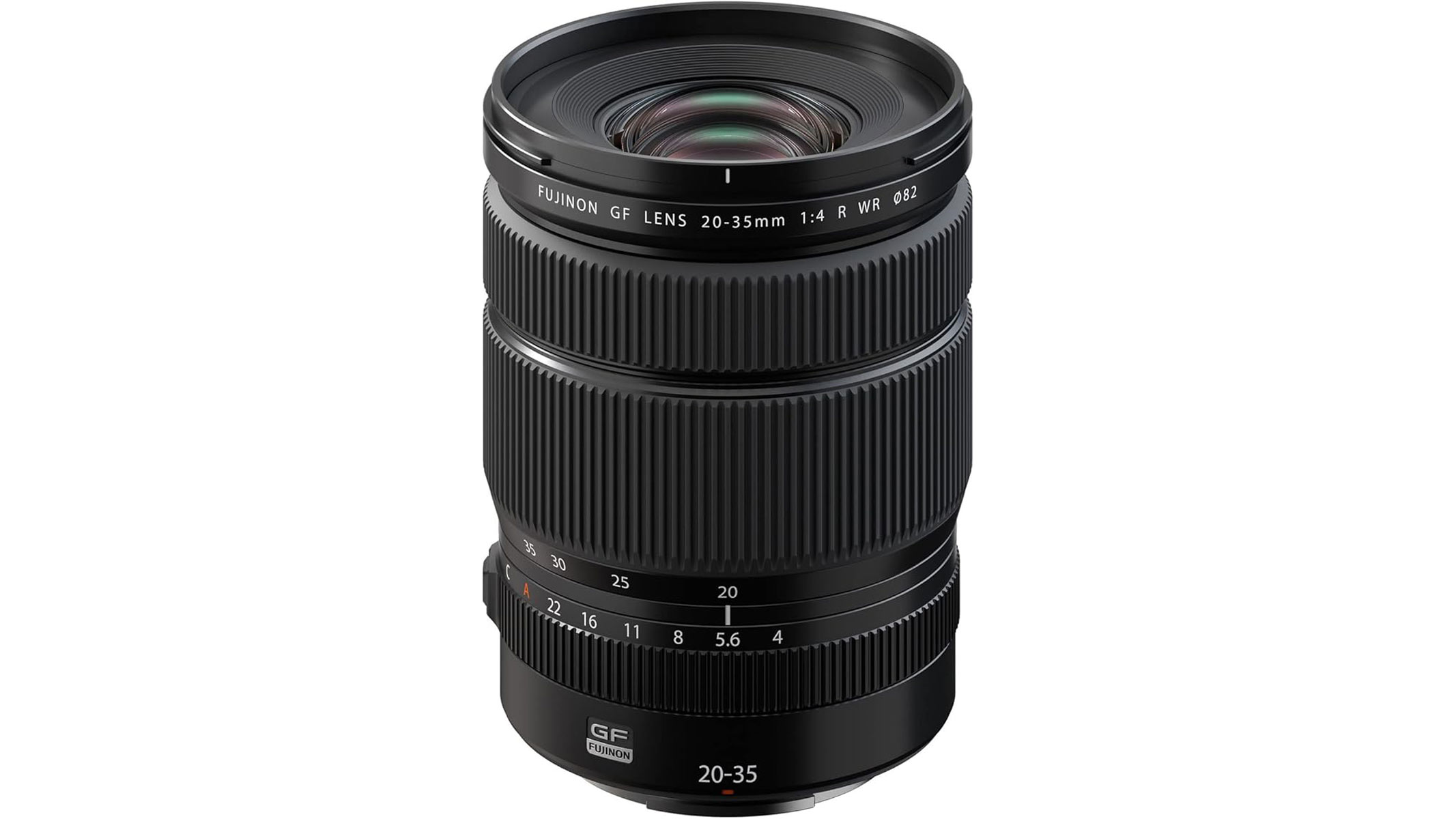
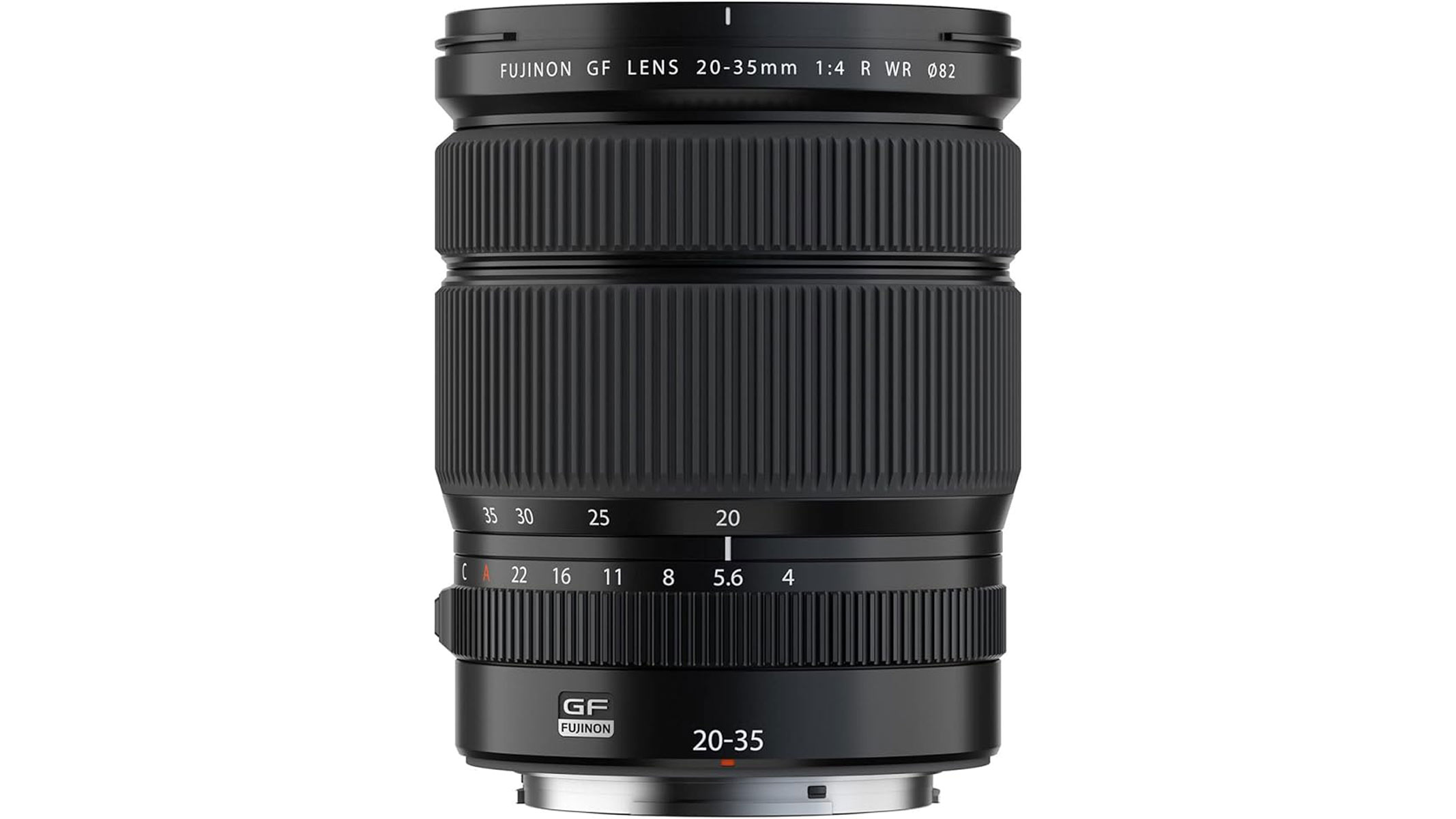
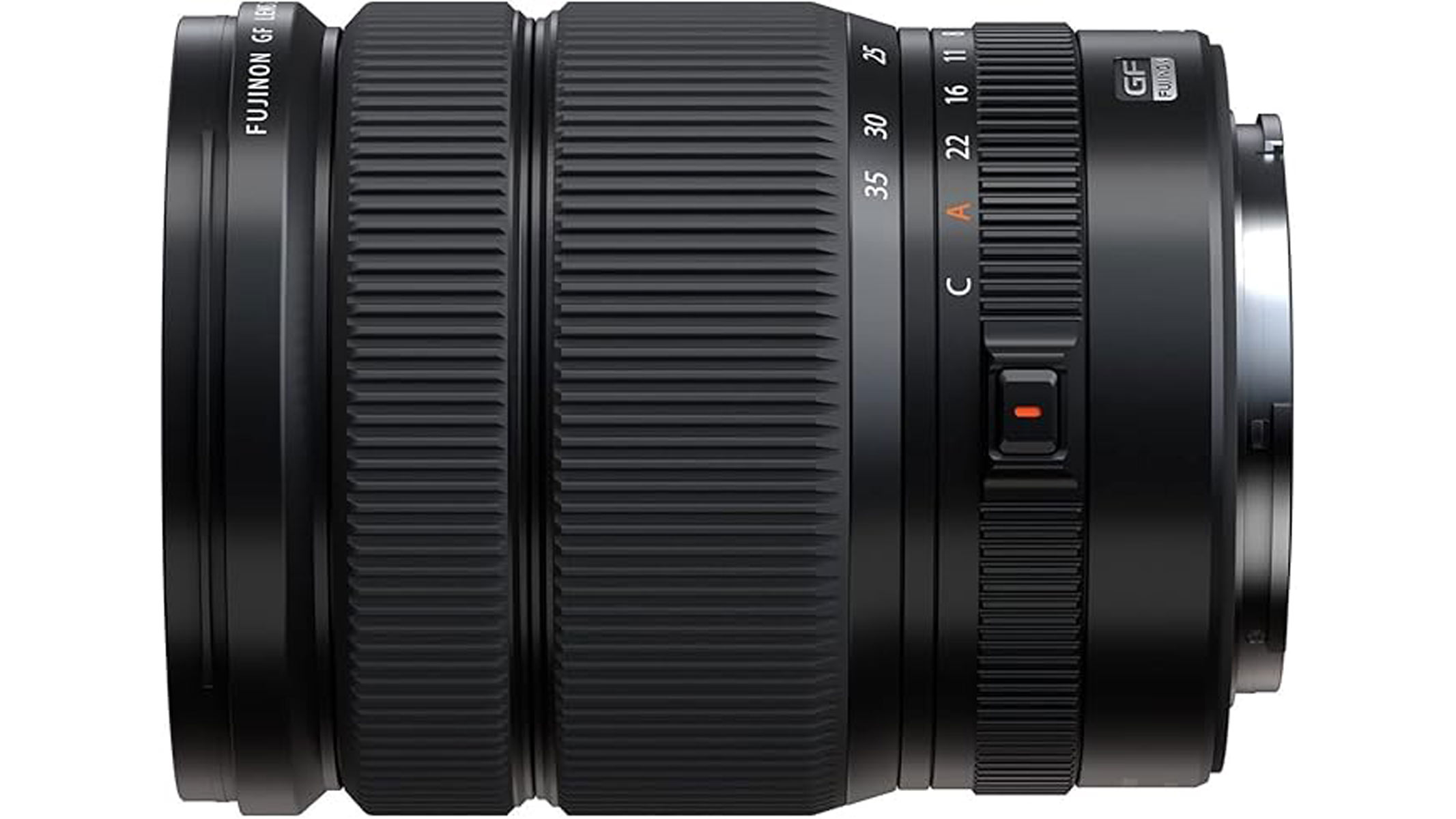
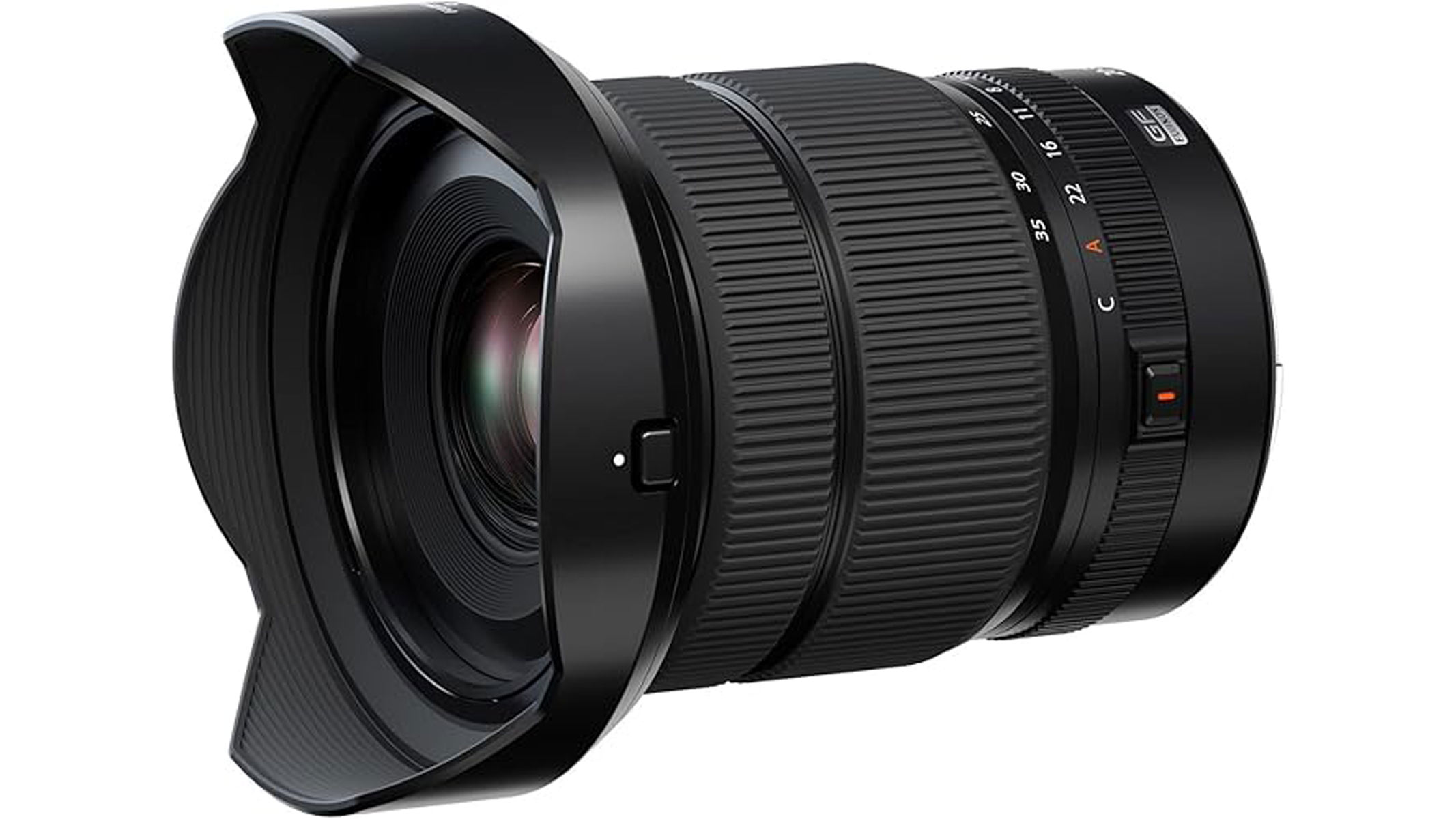
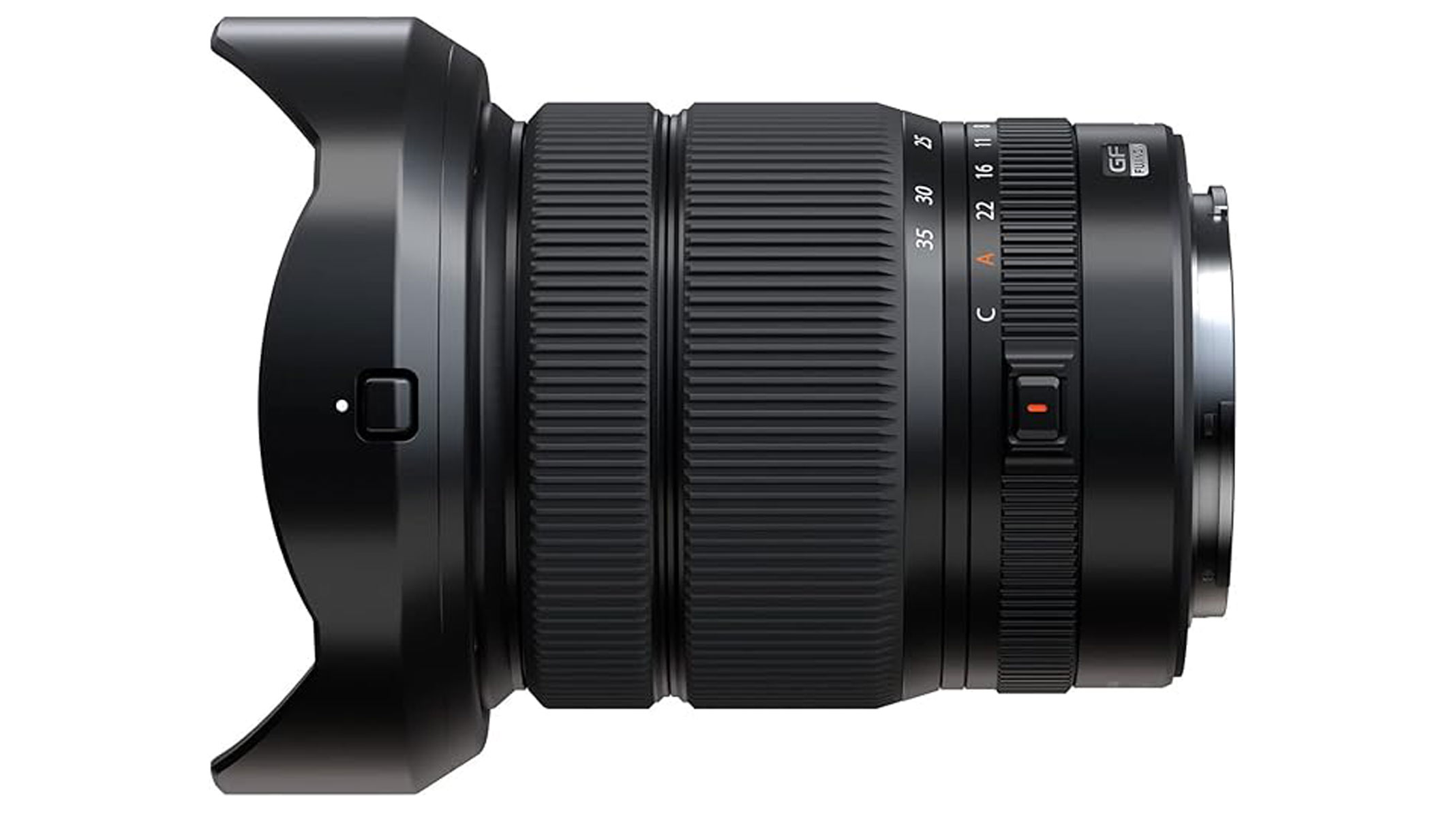
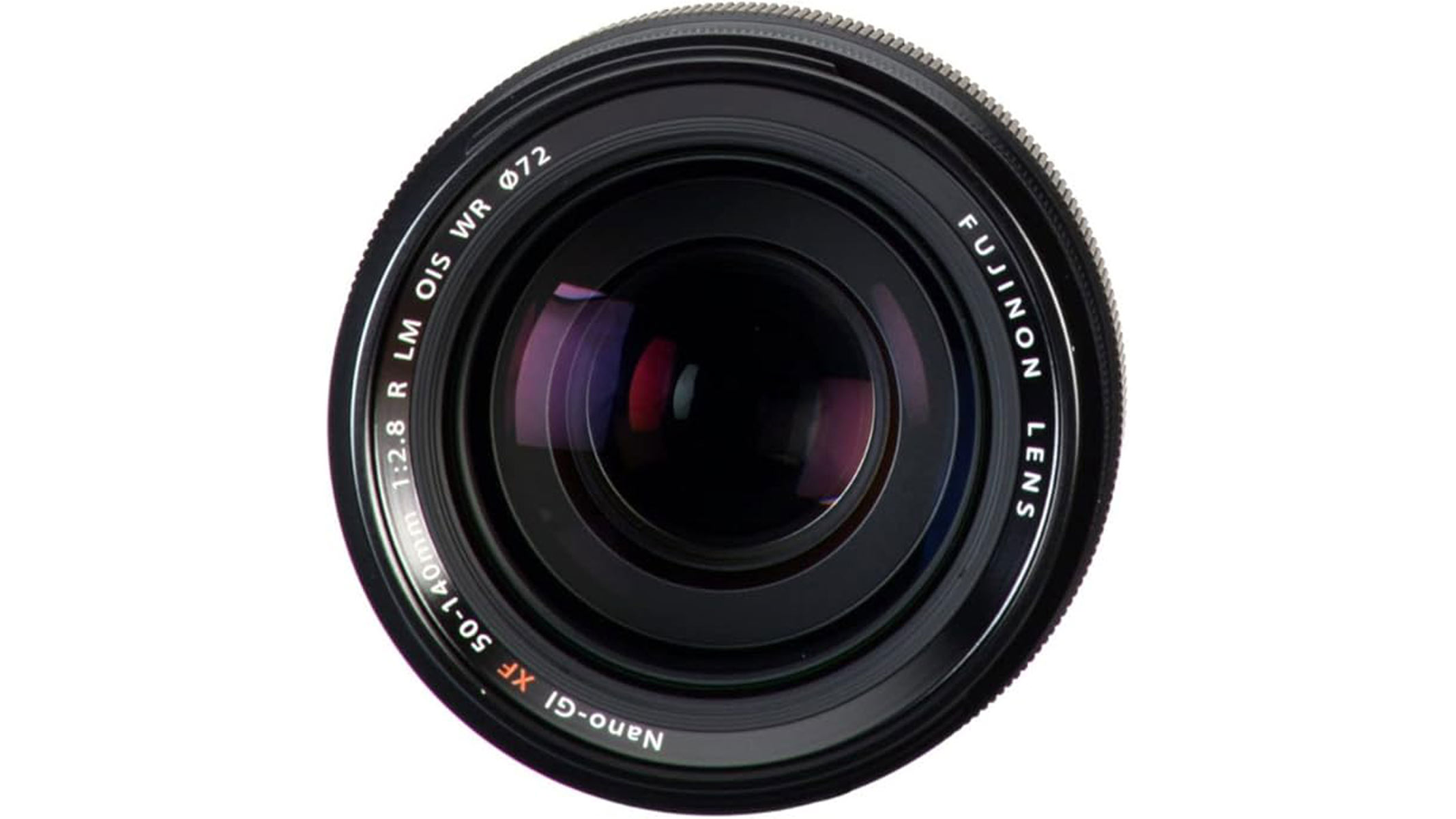
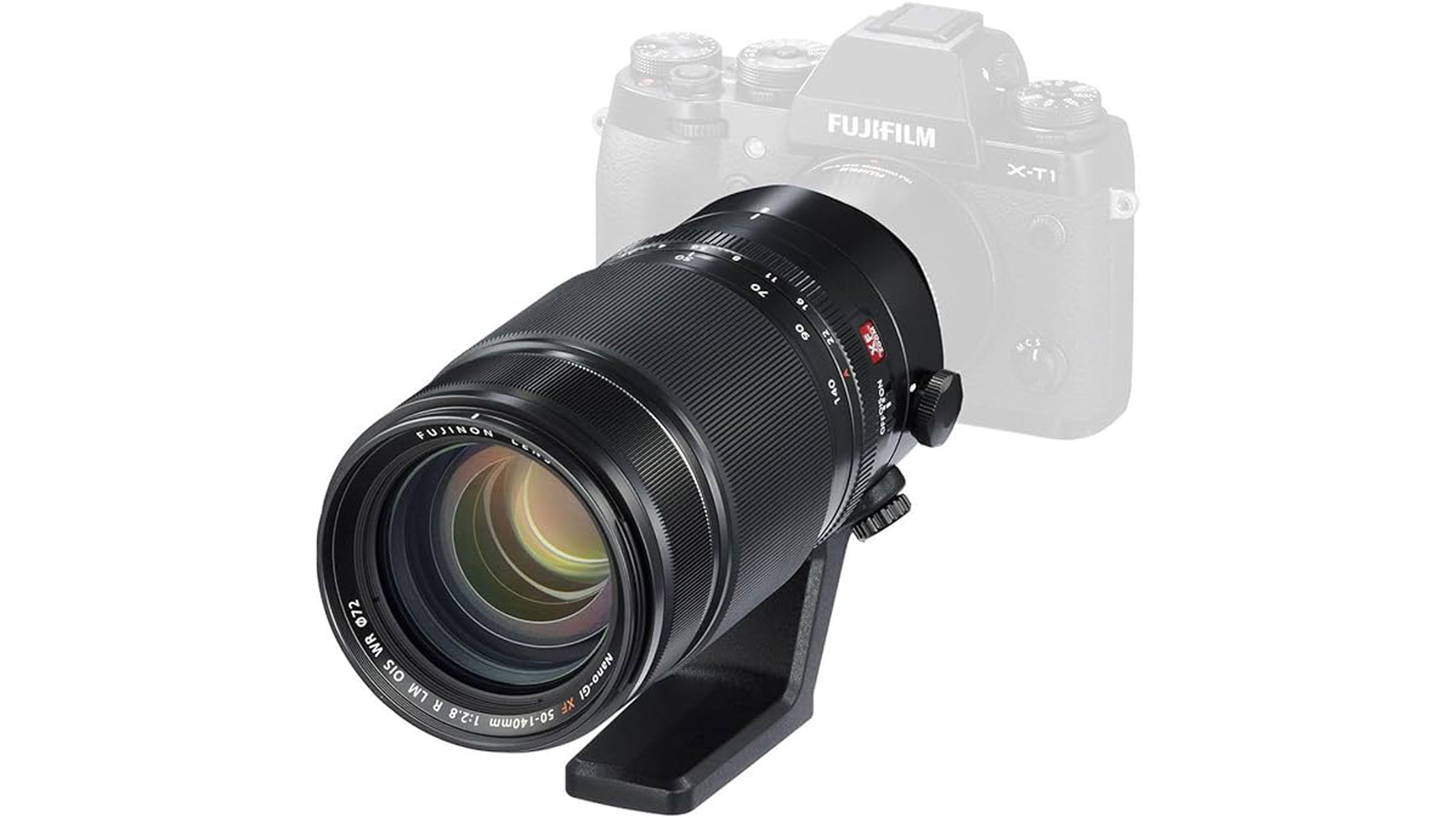



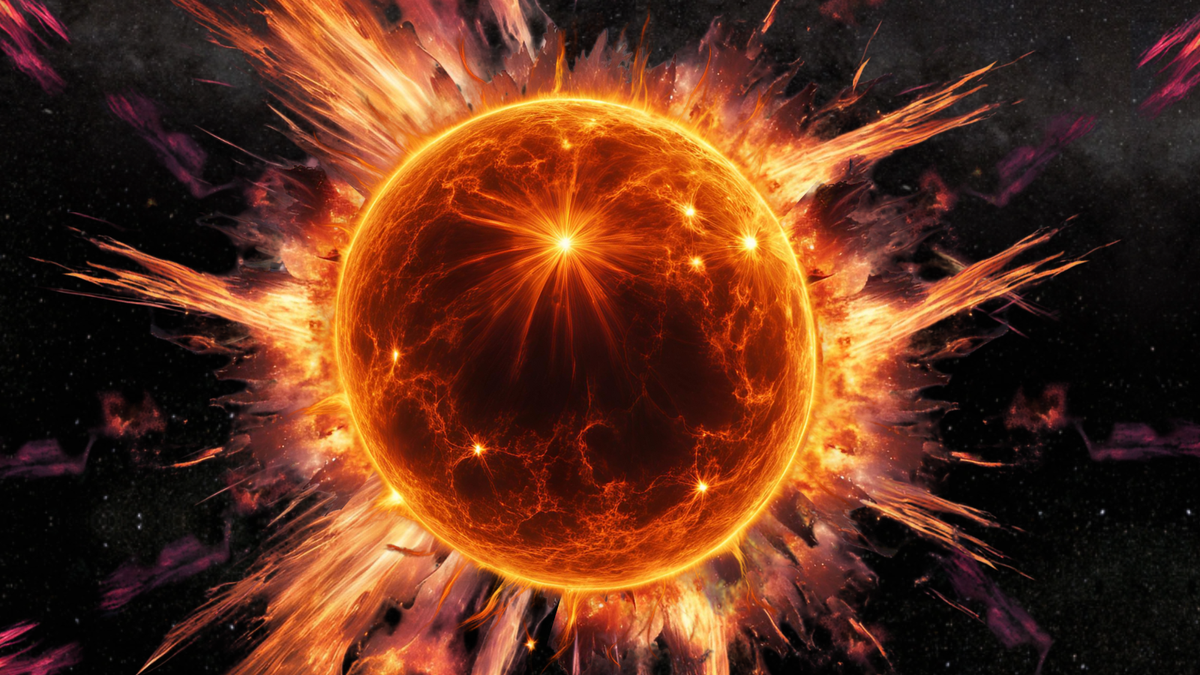





Comments